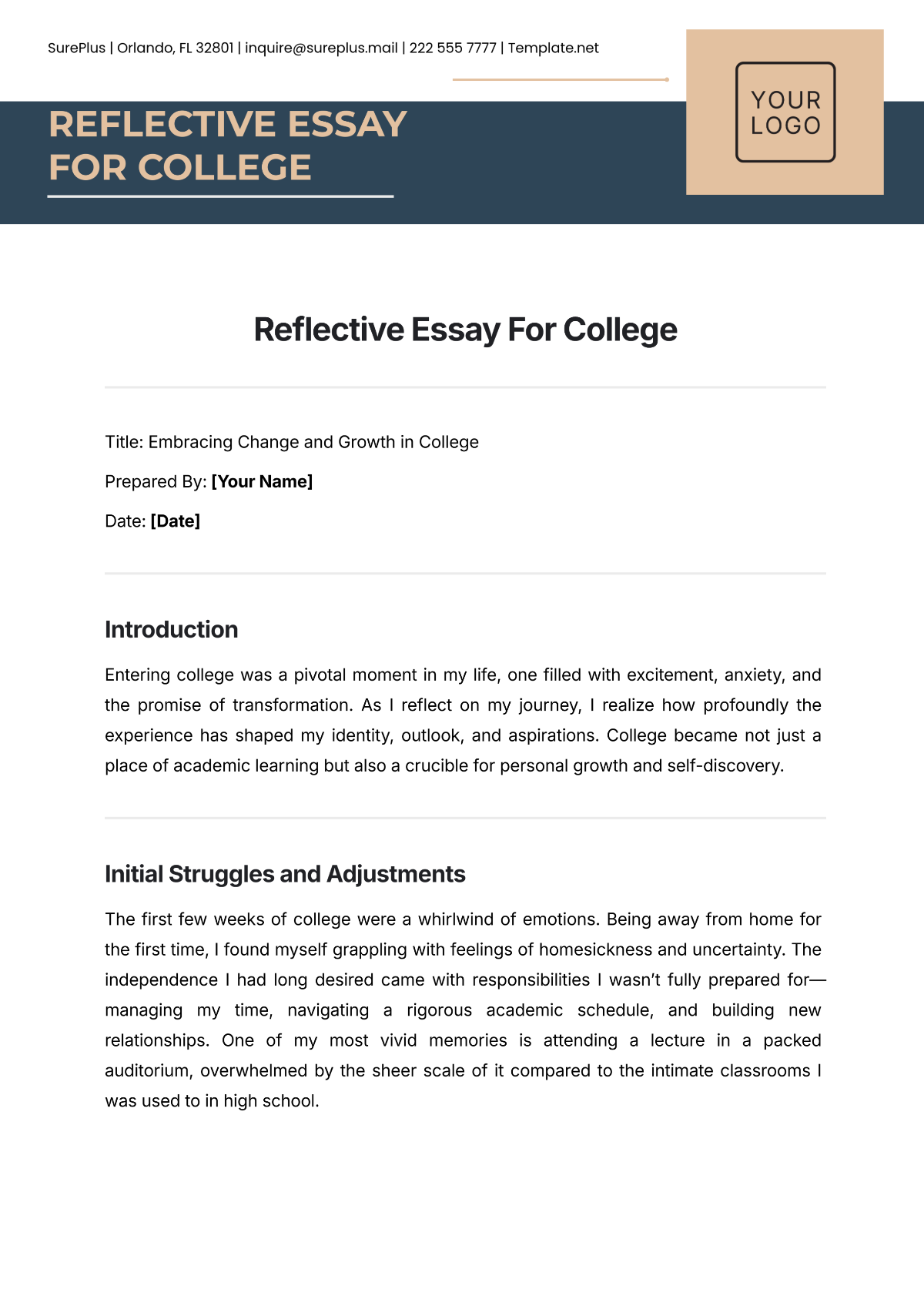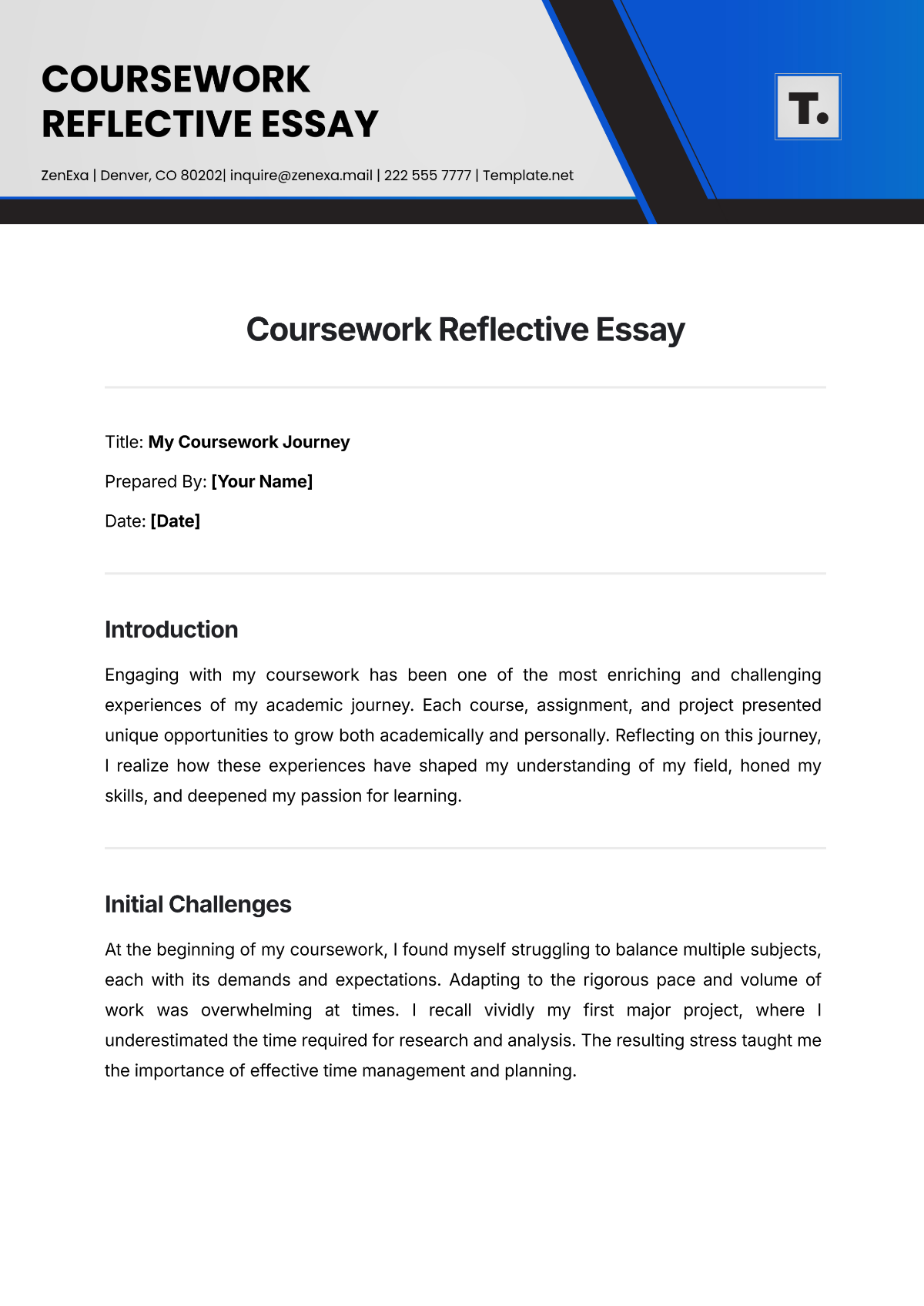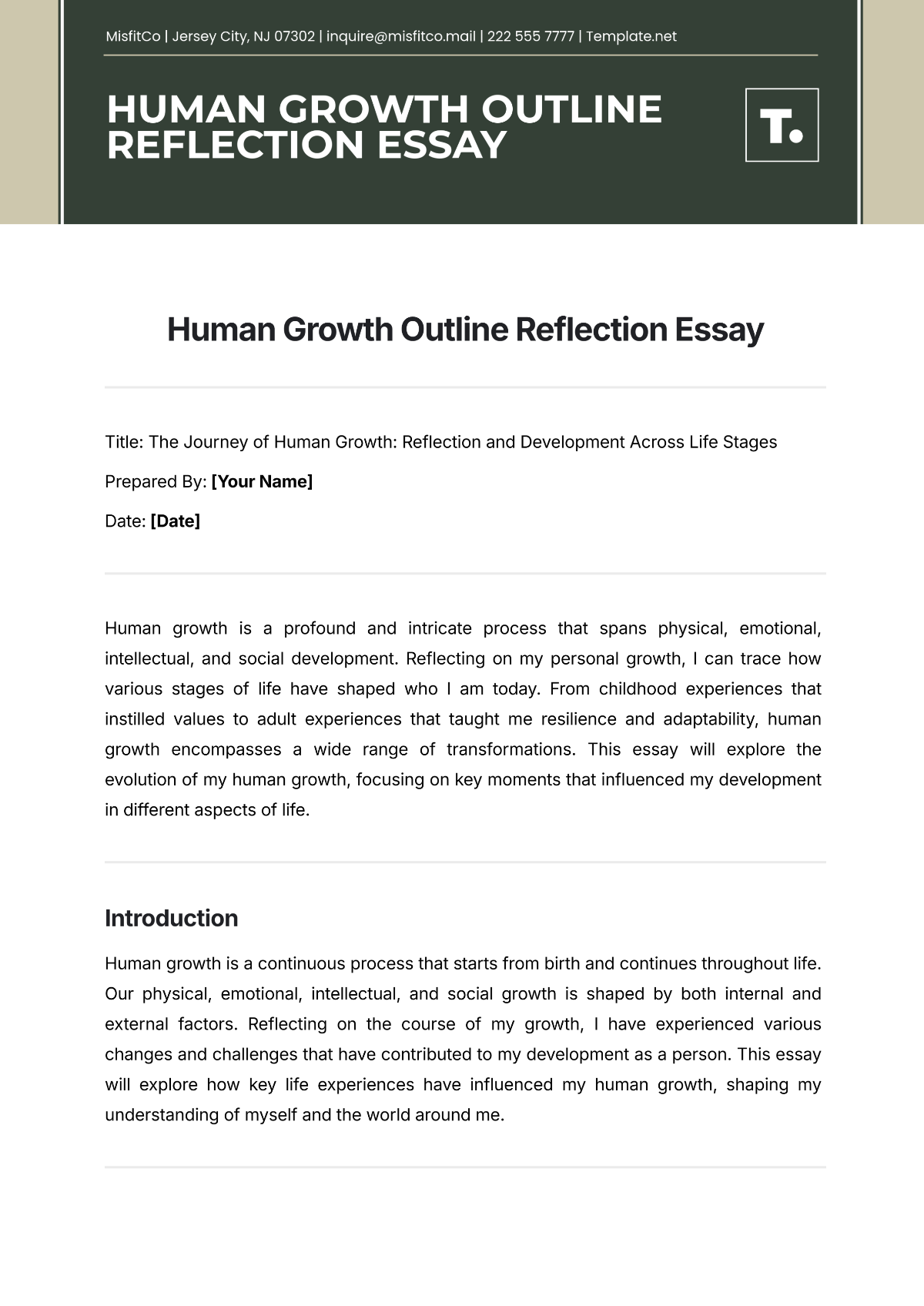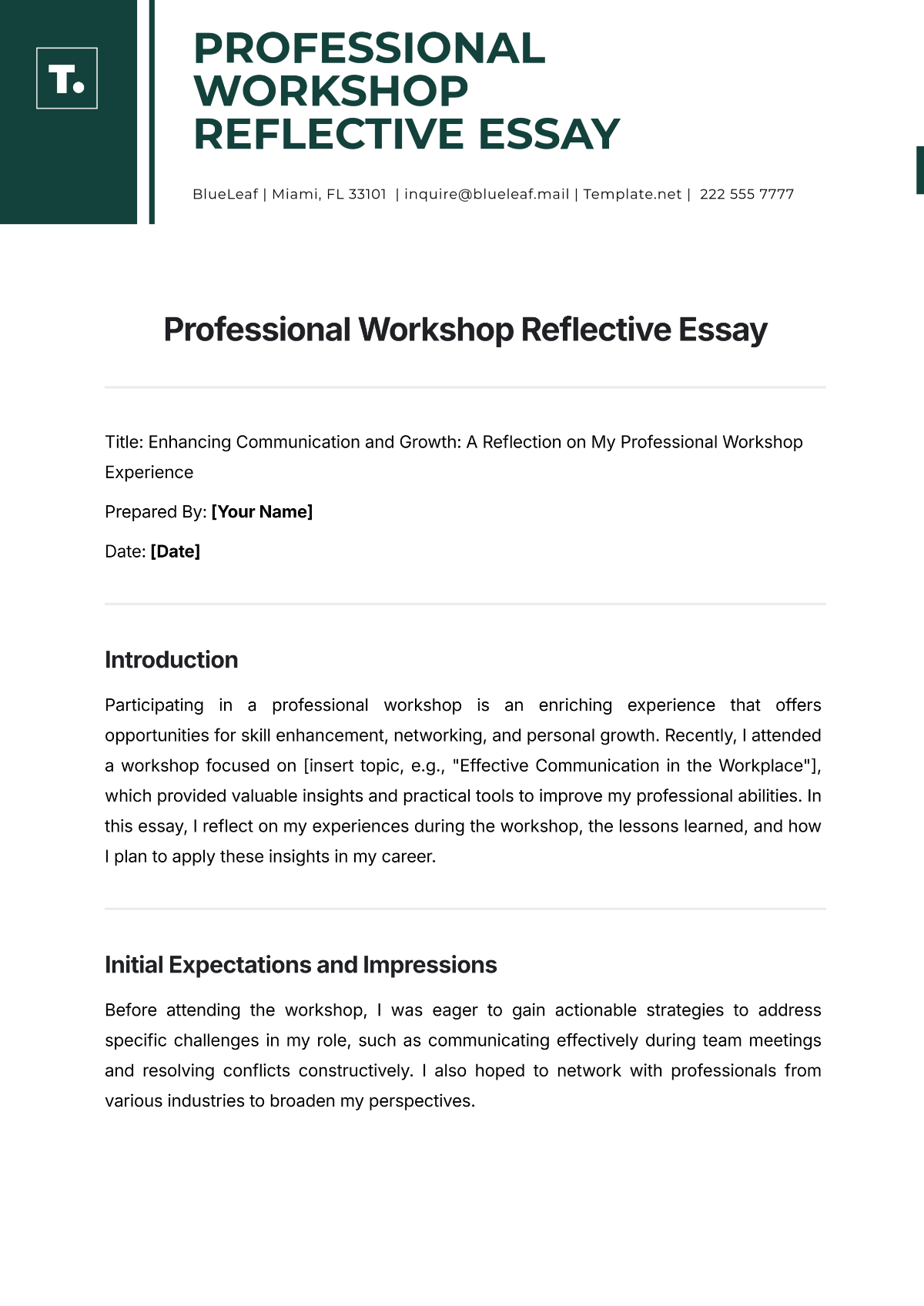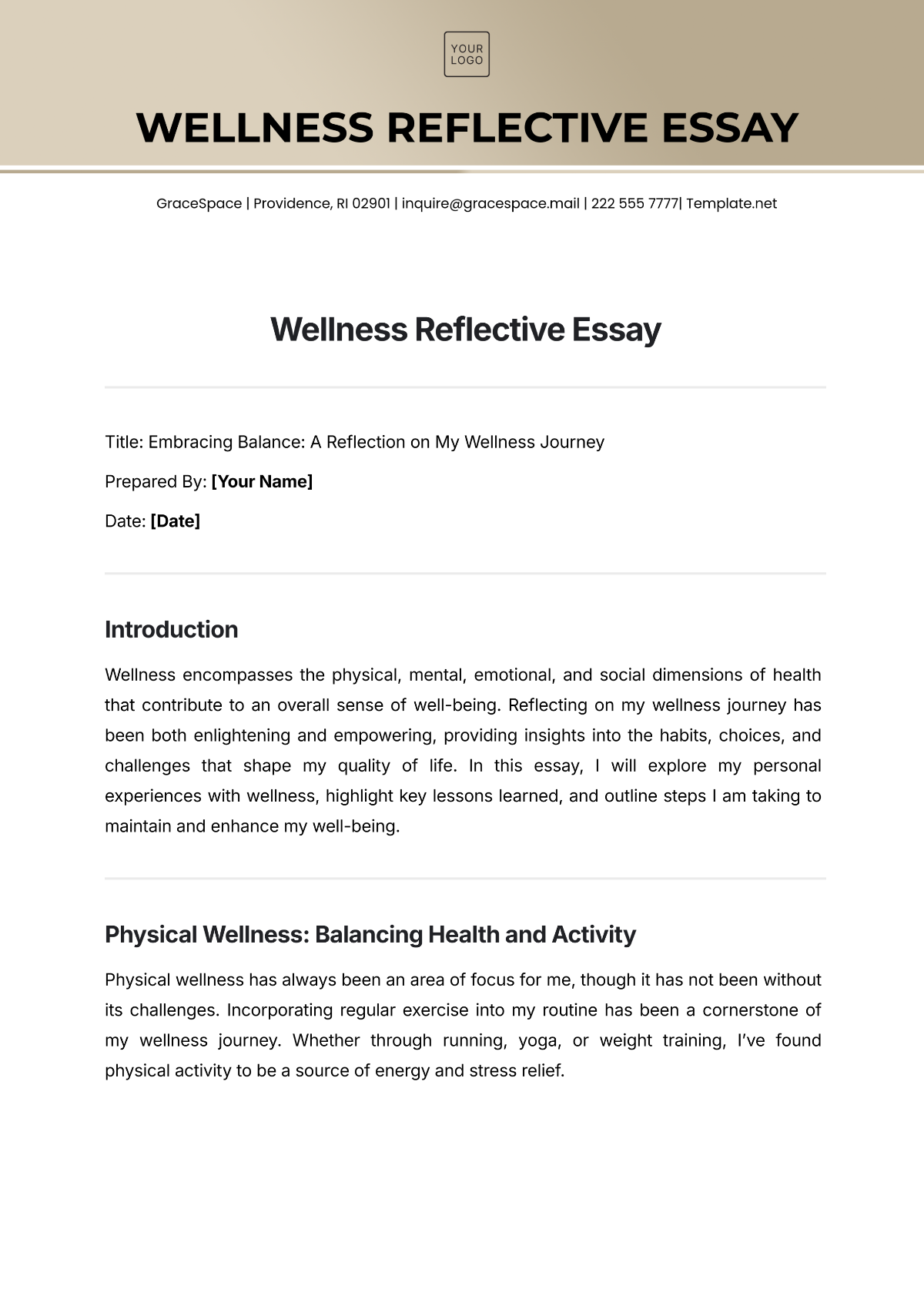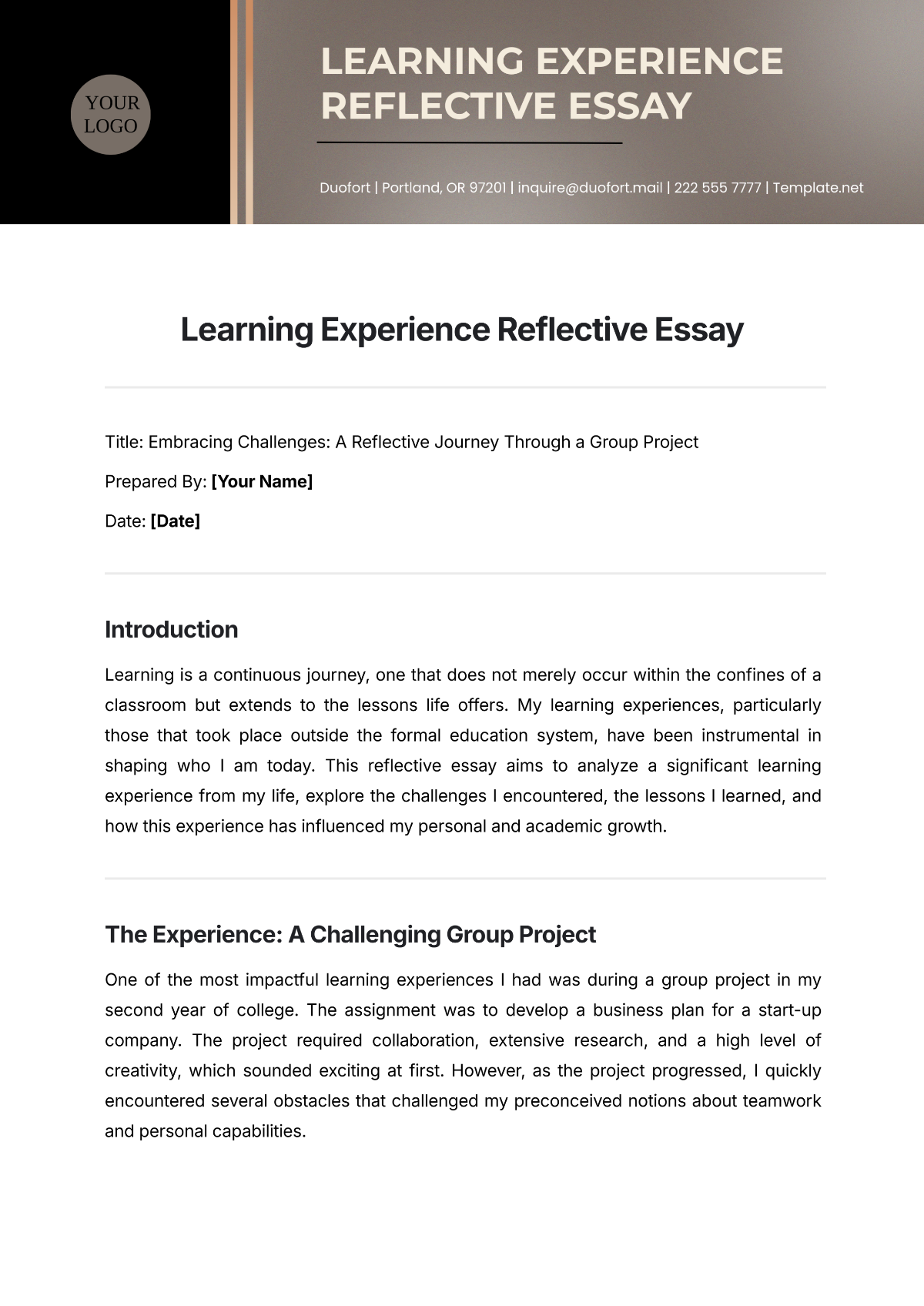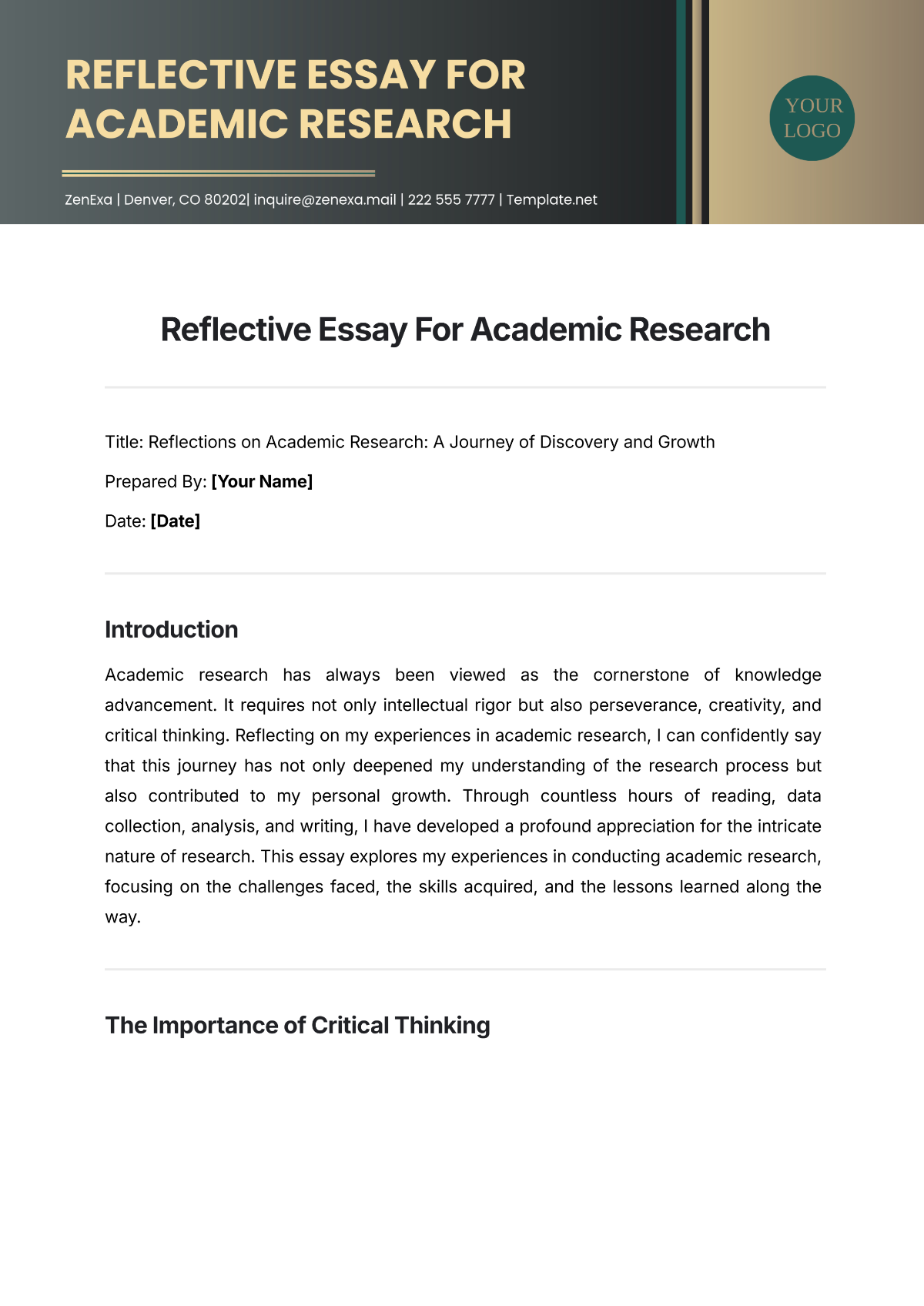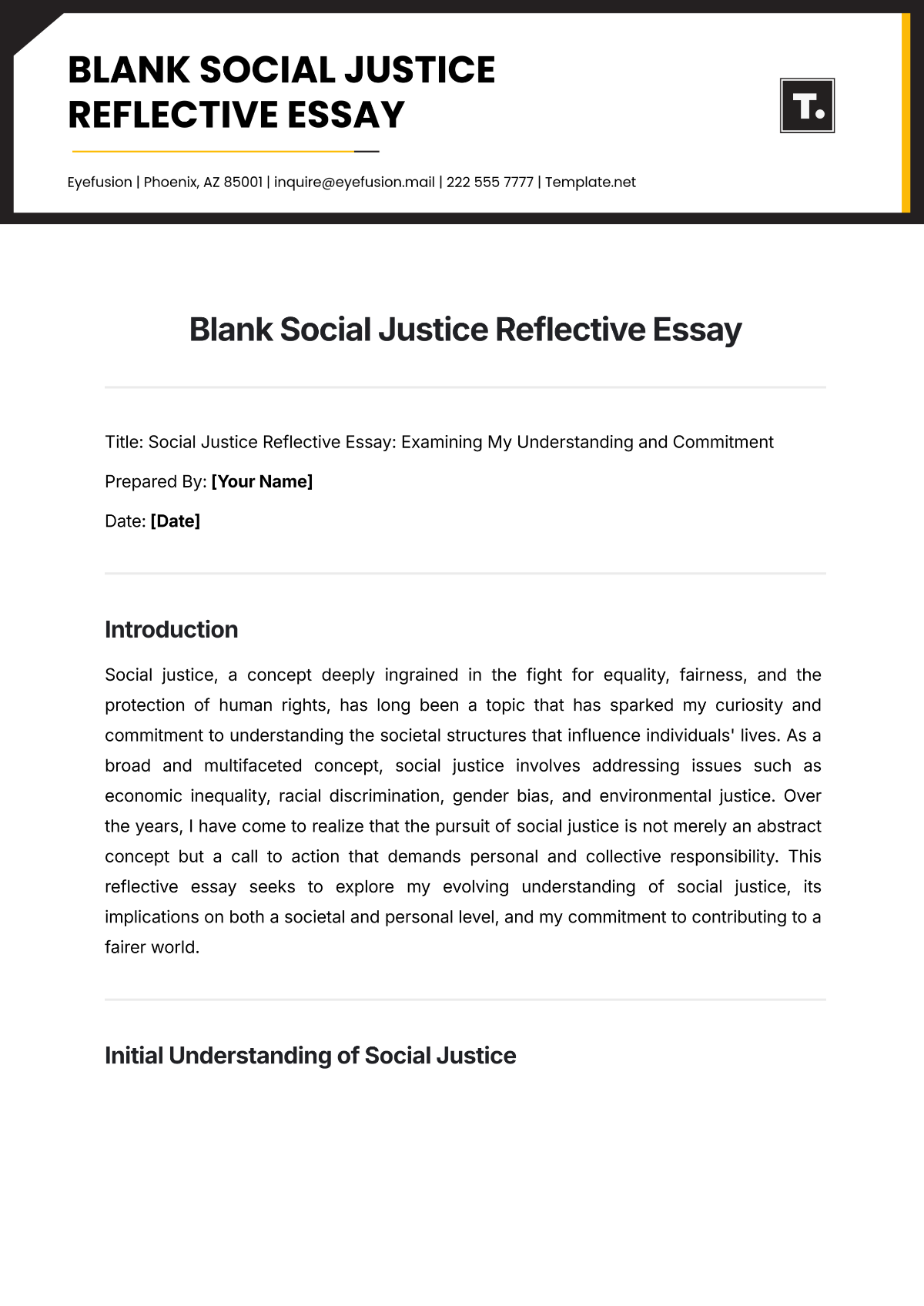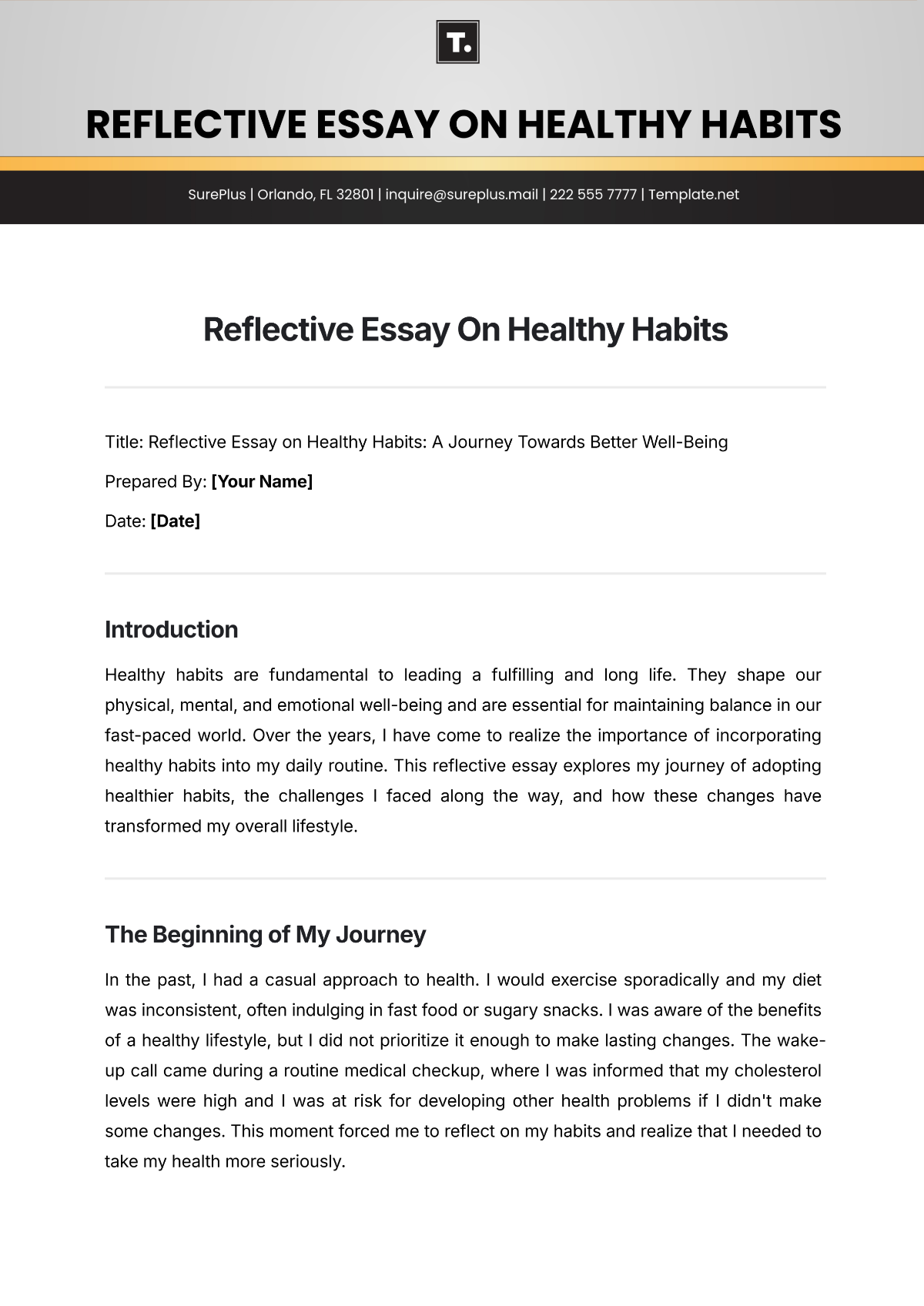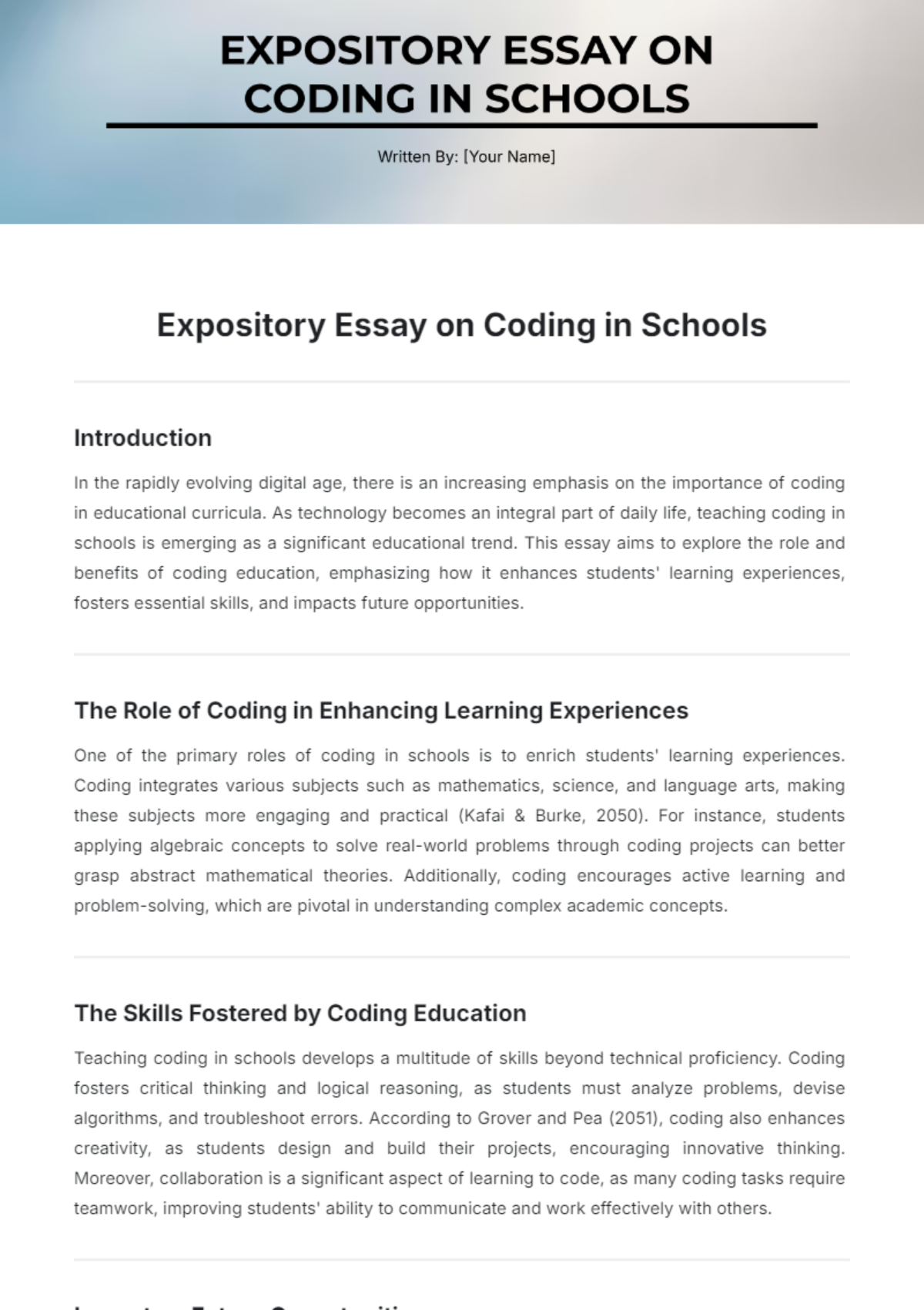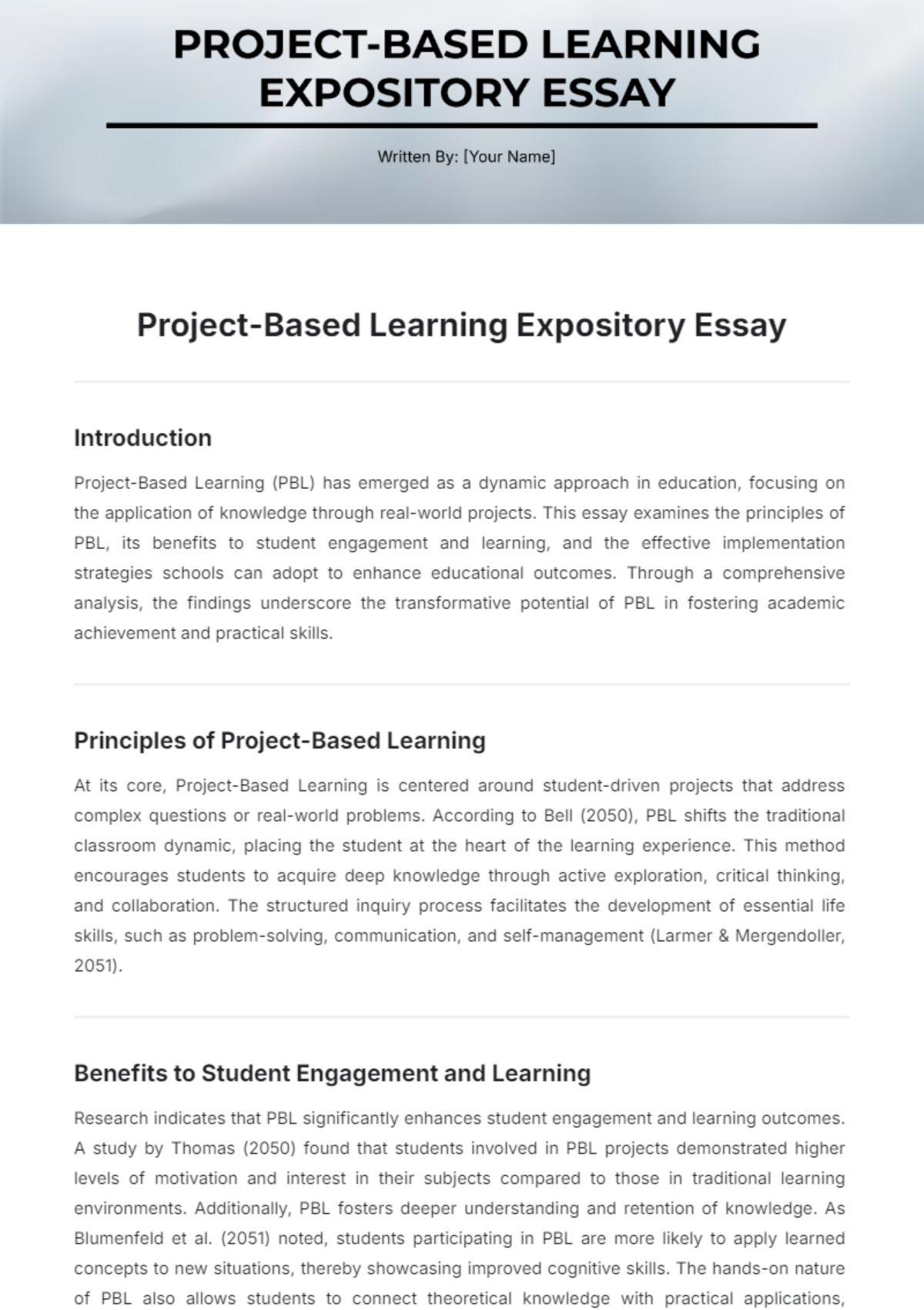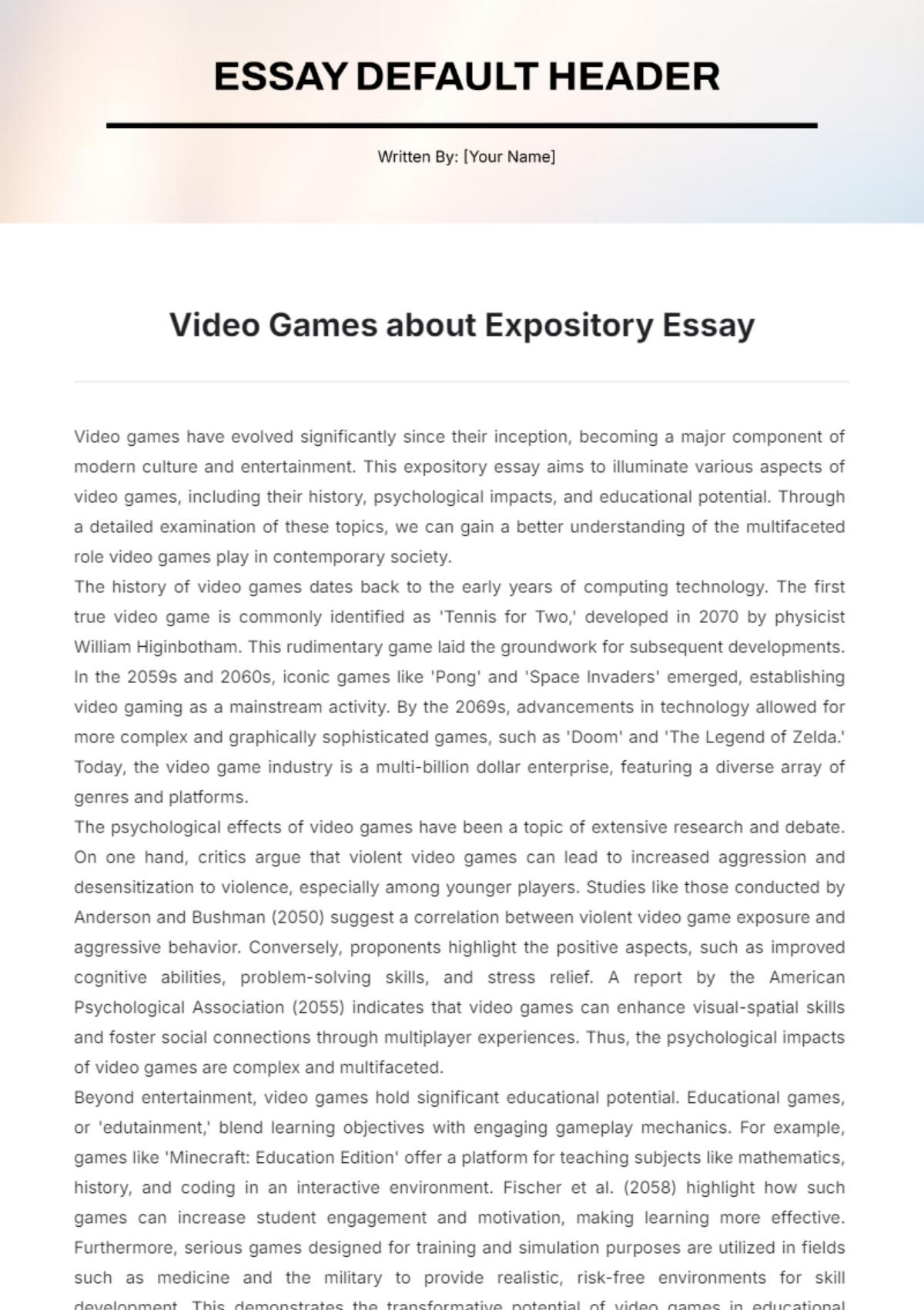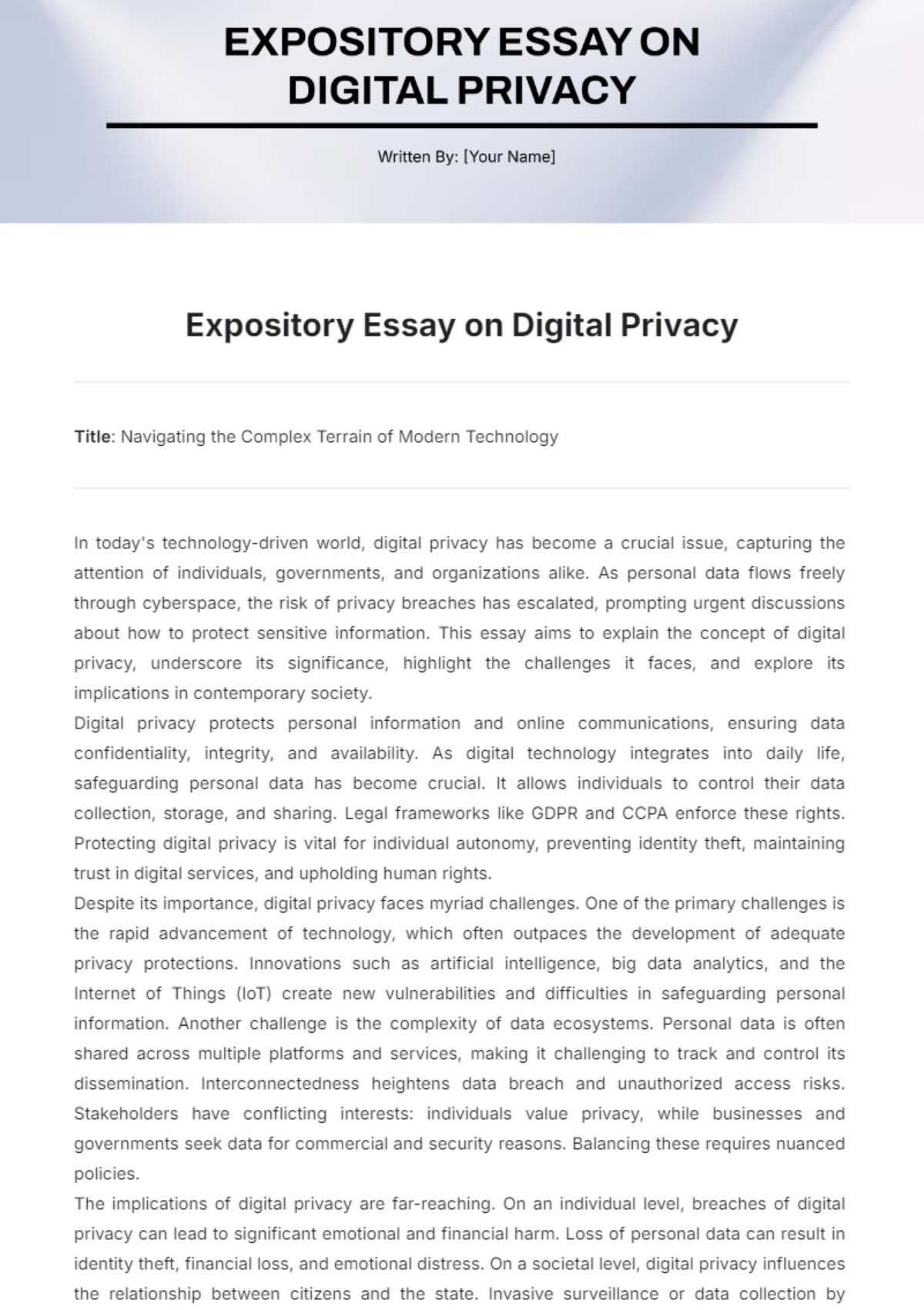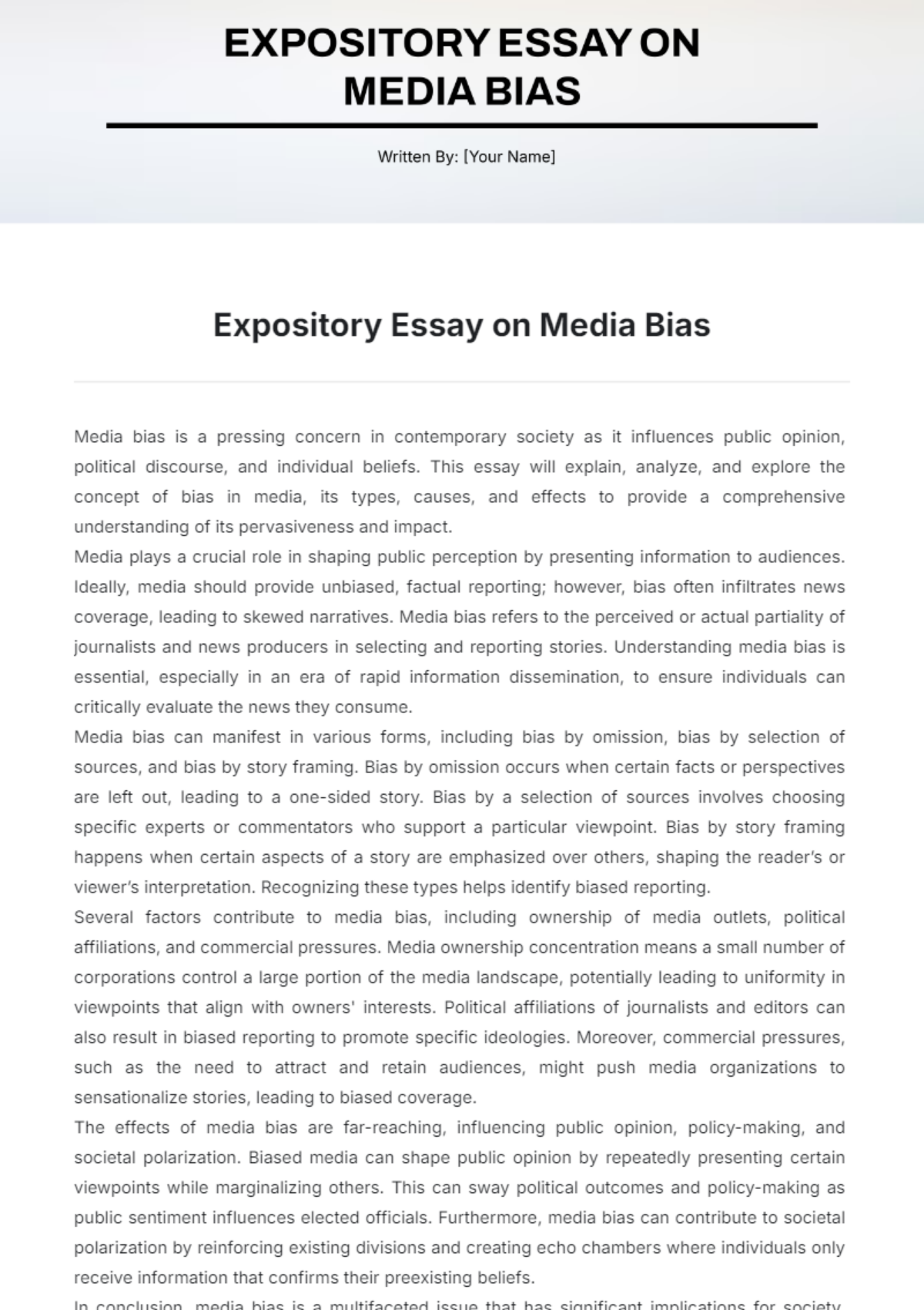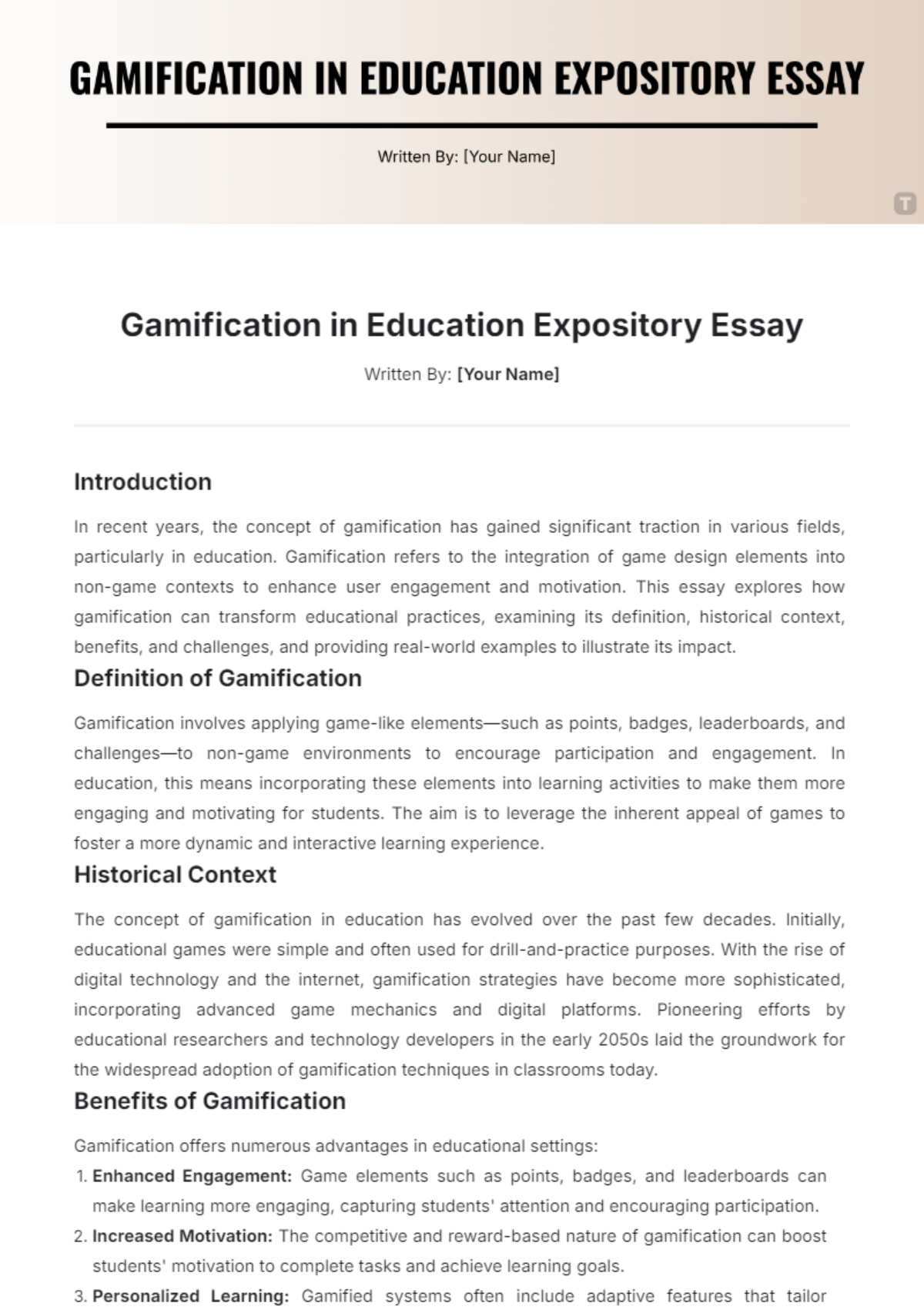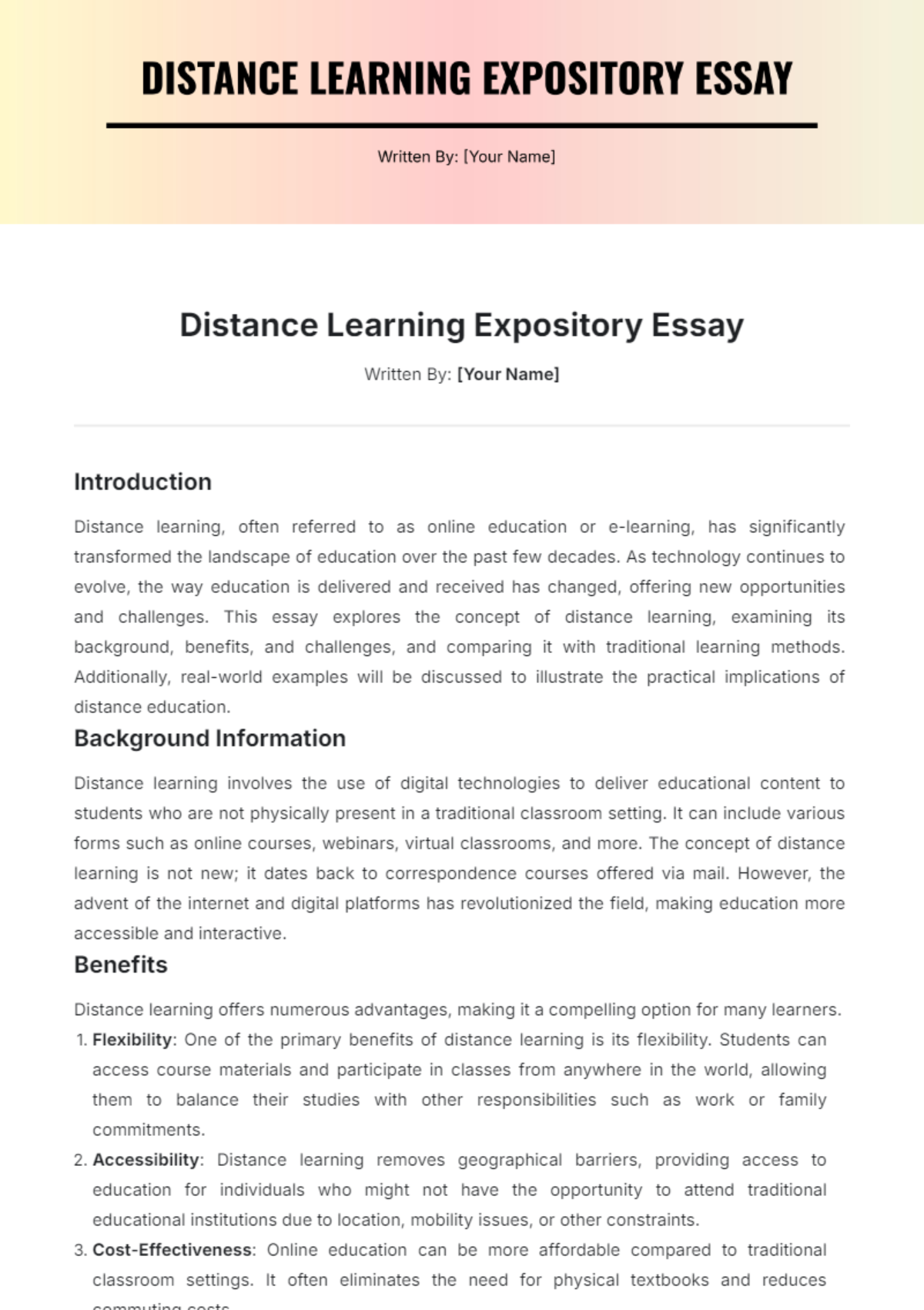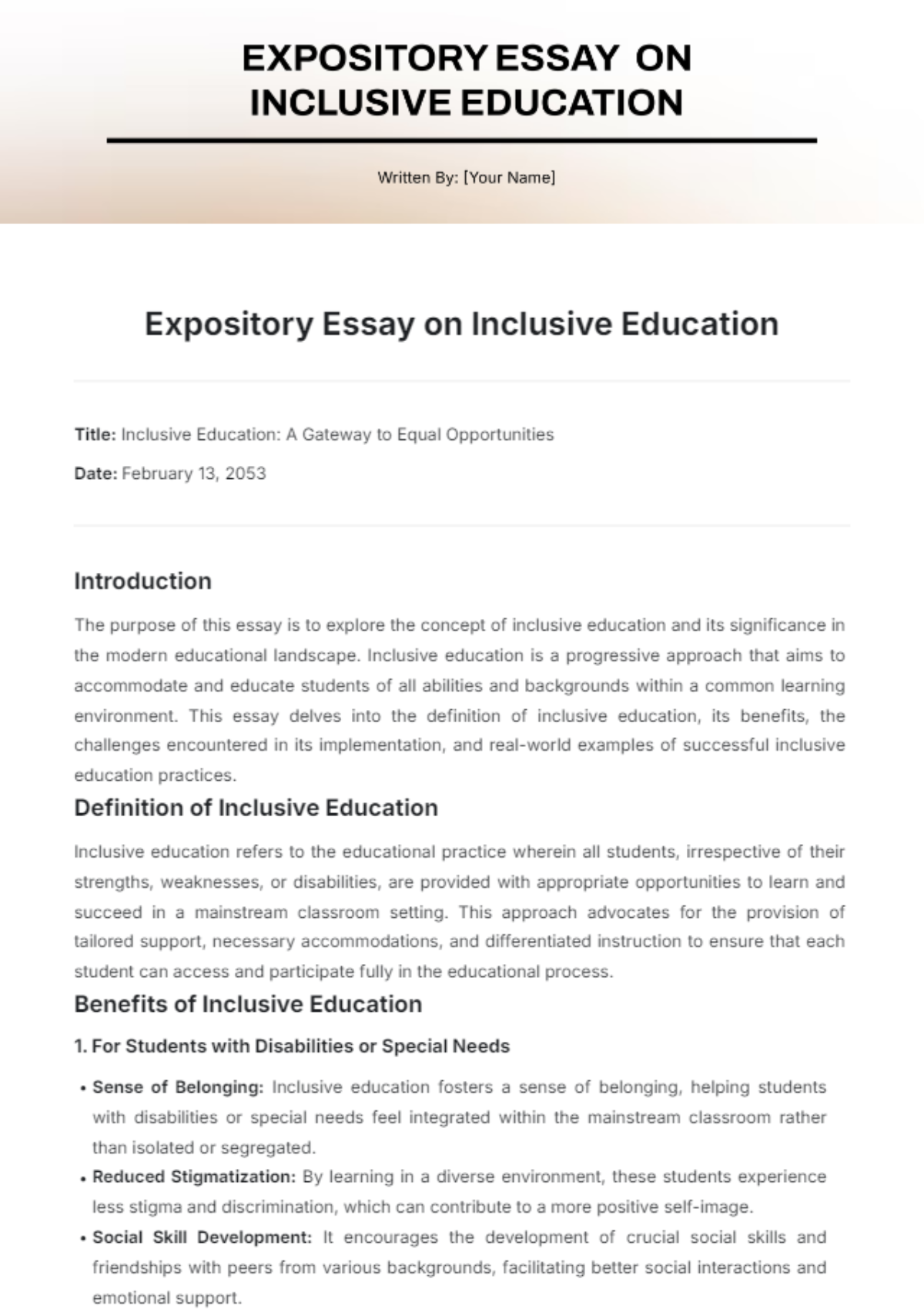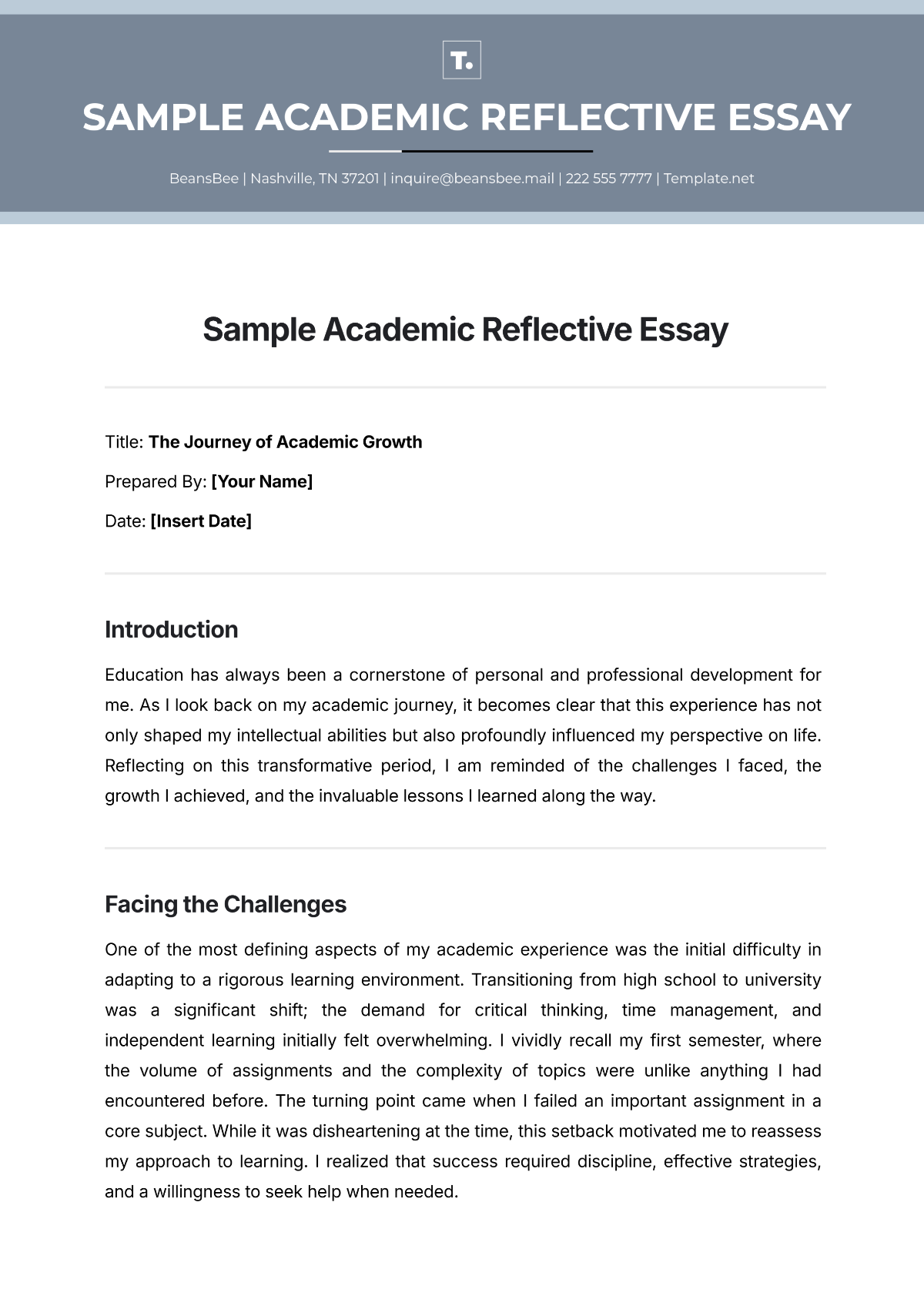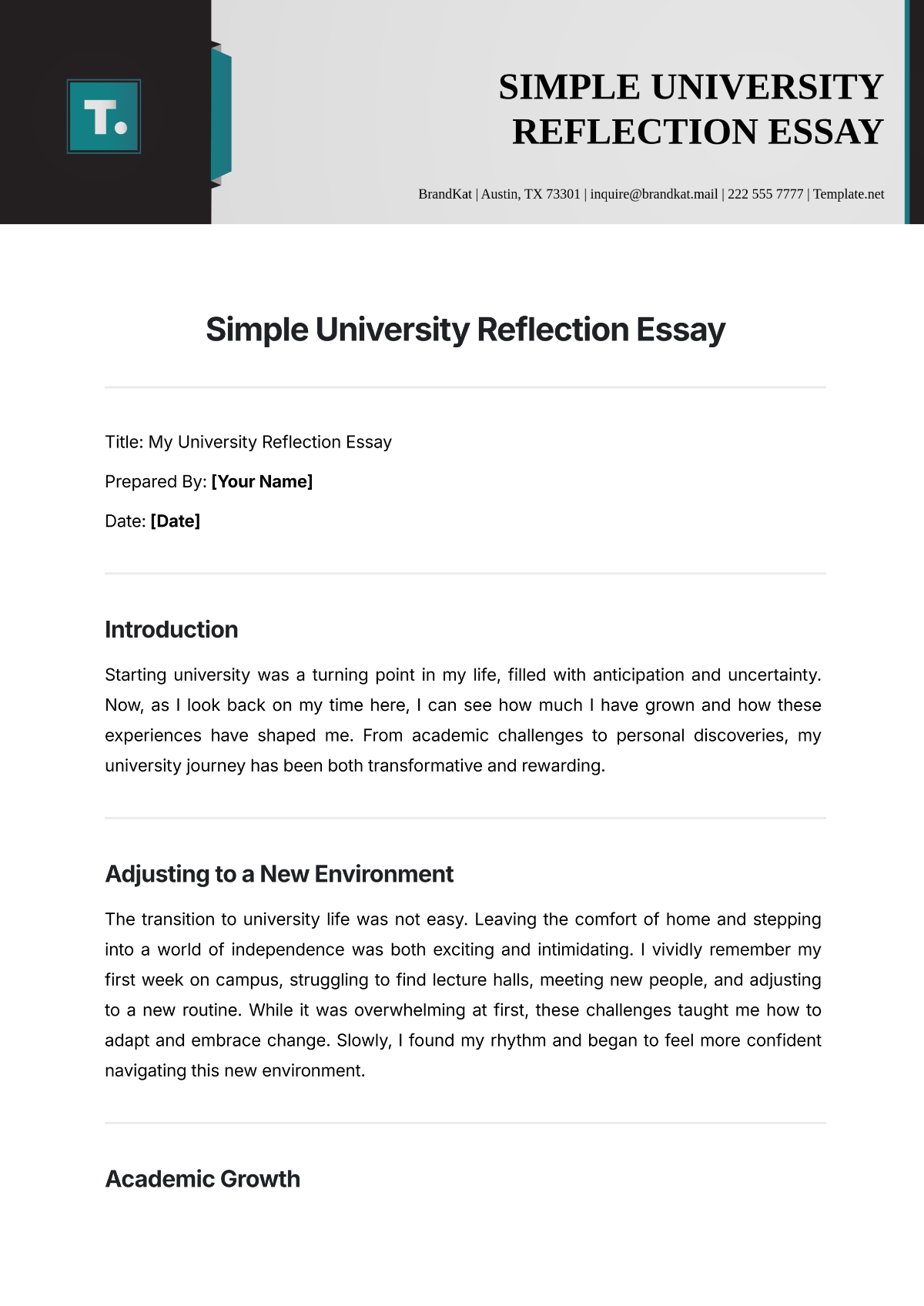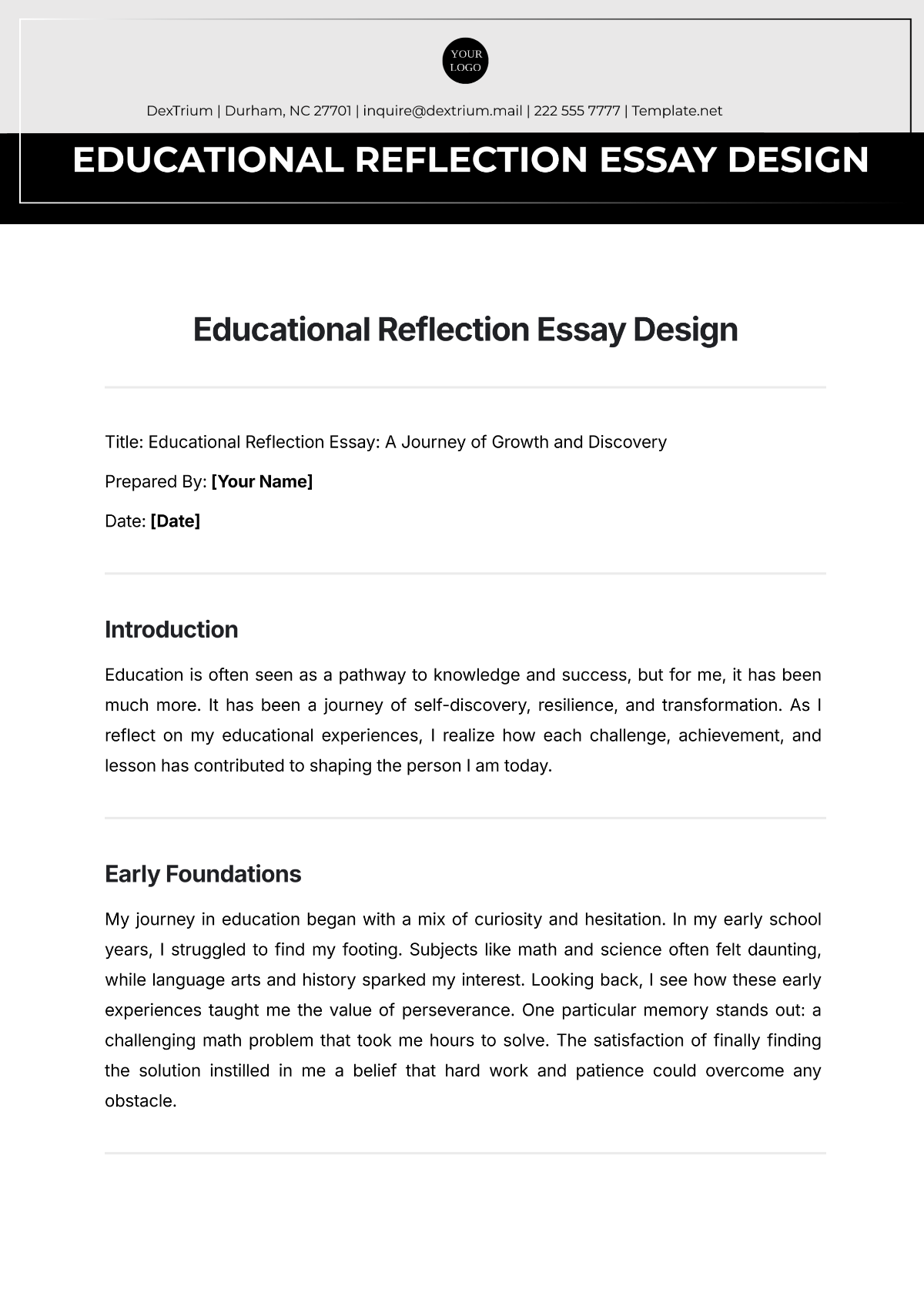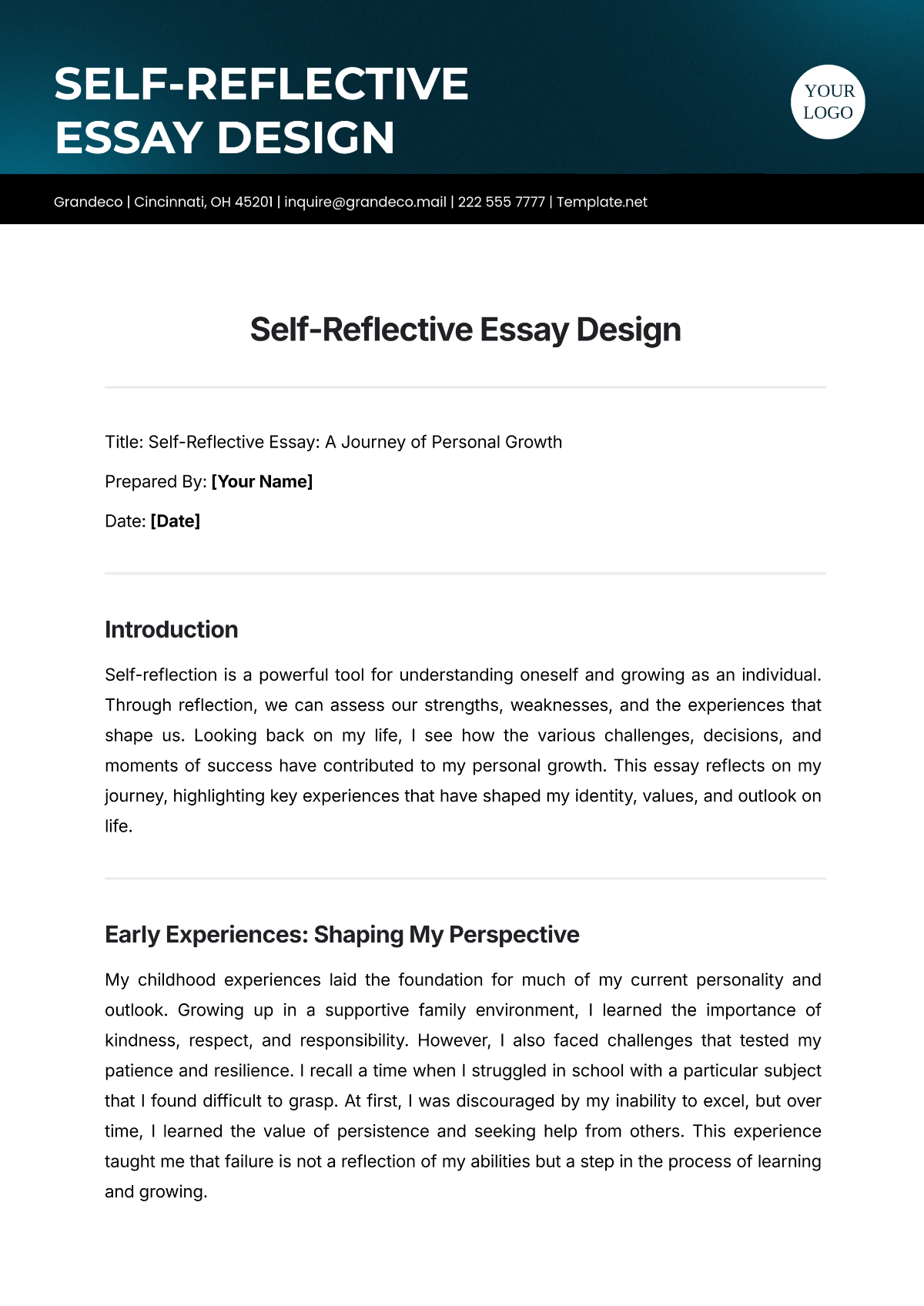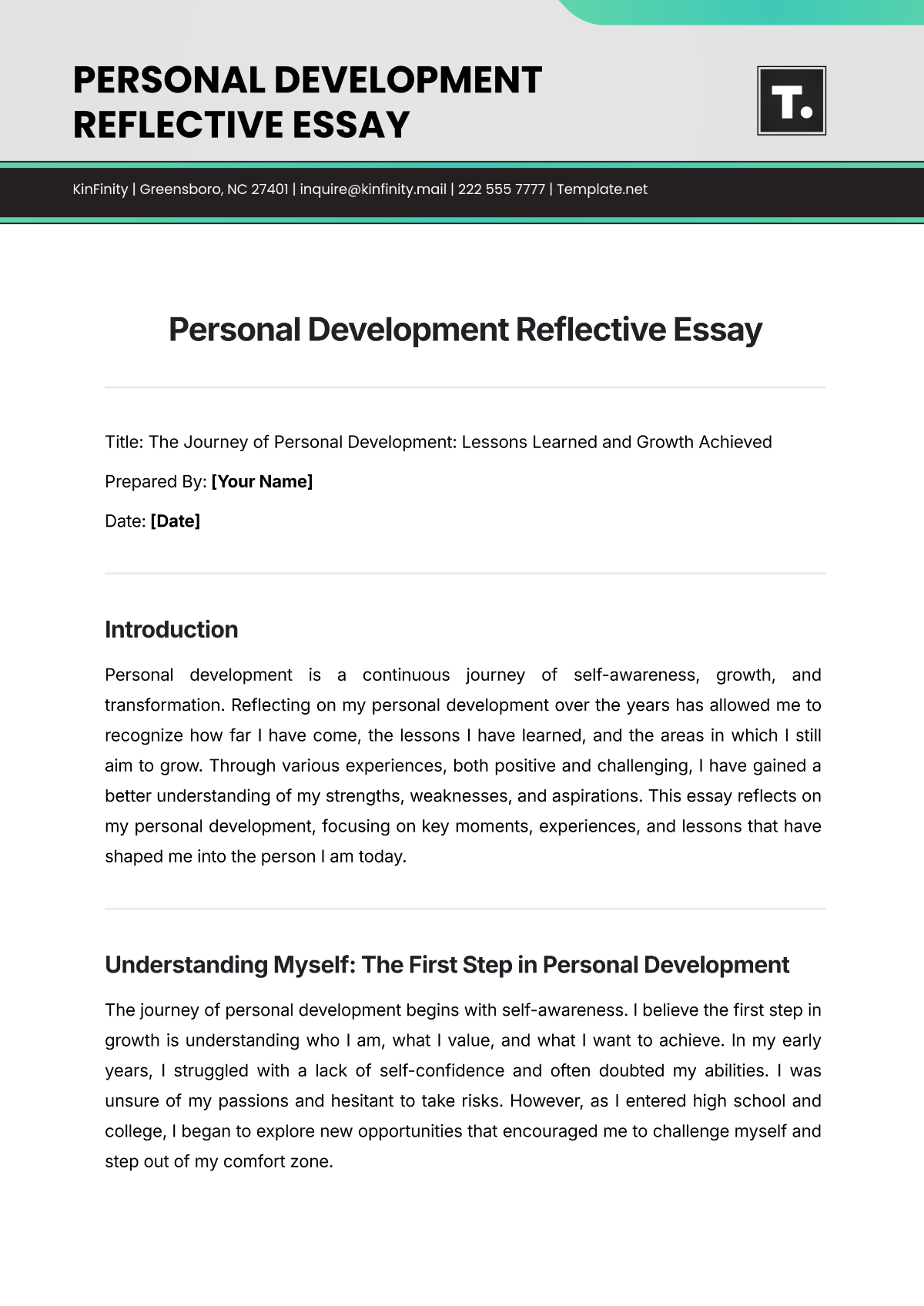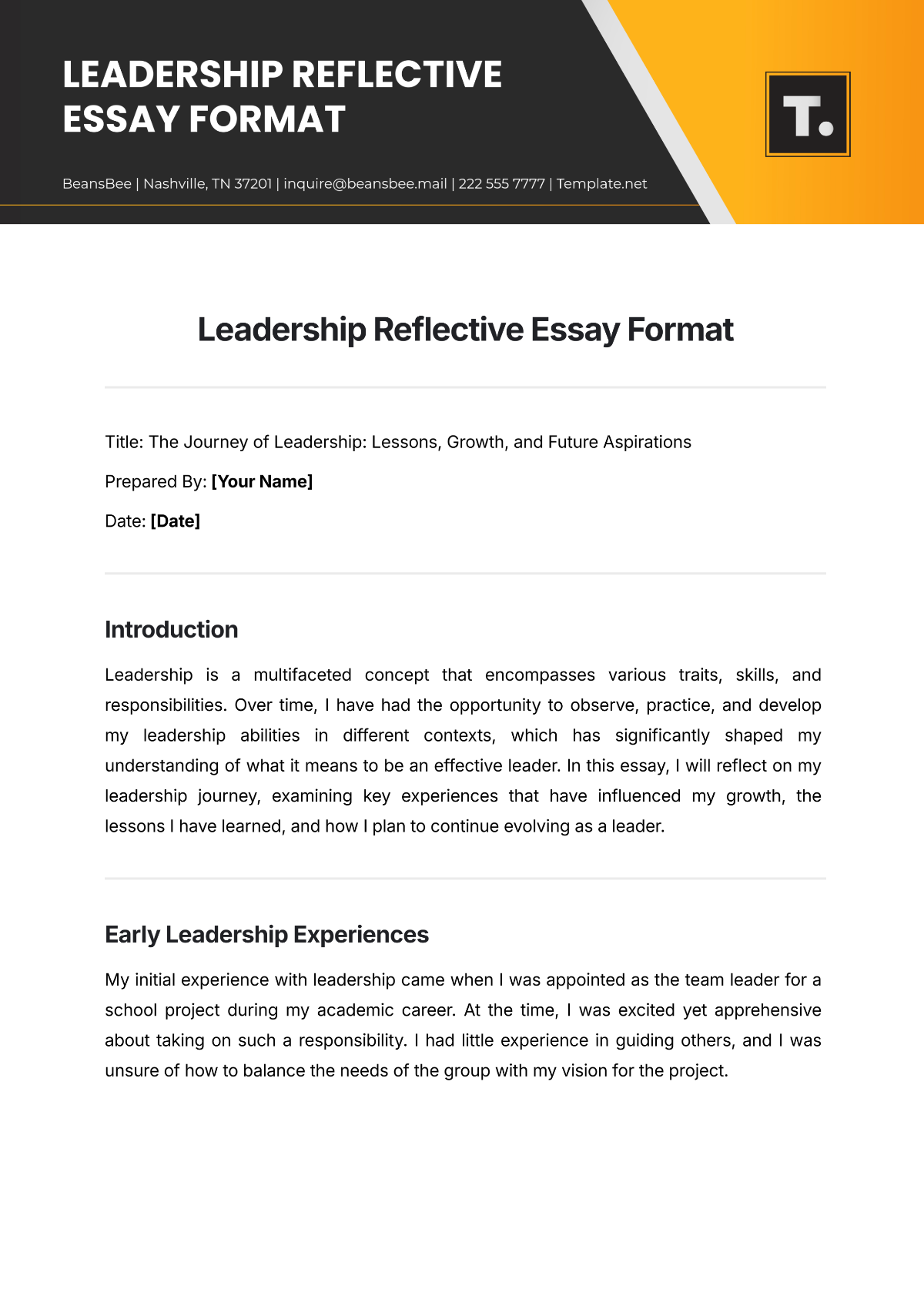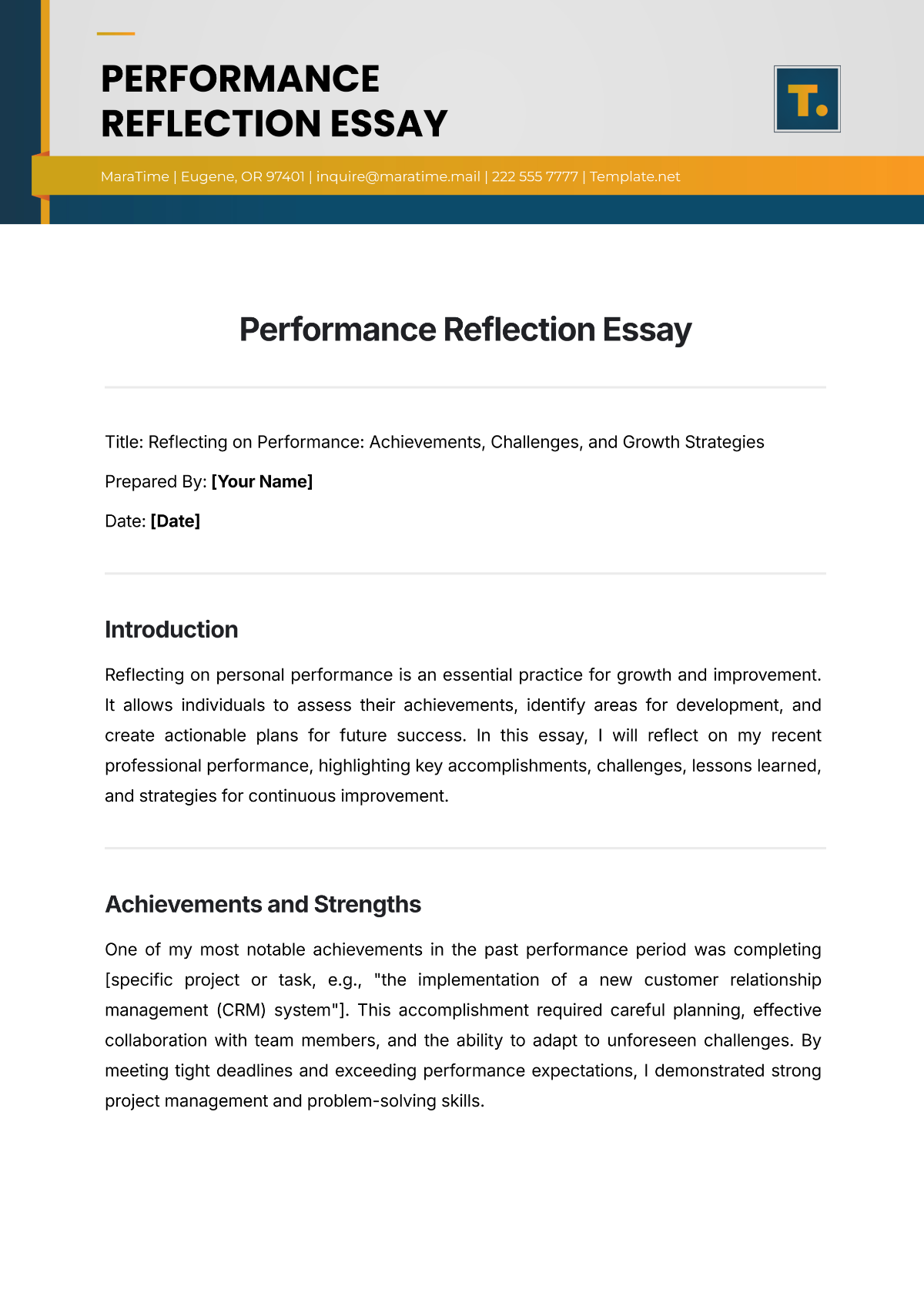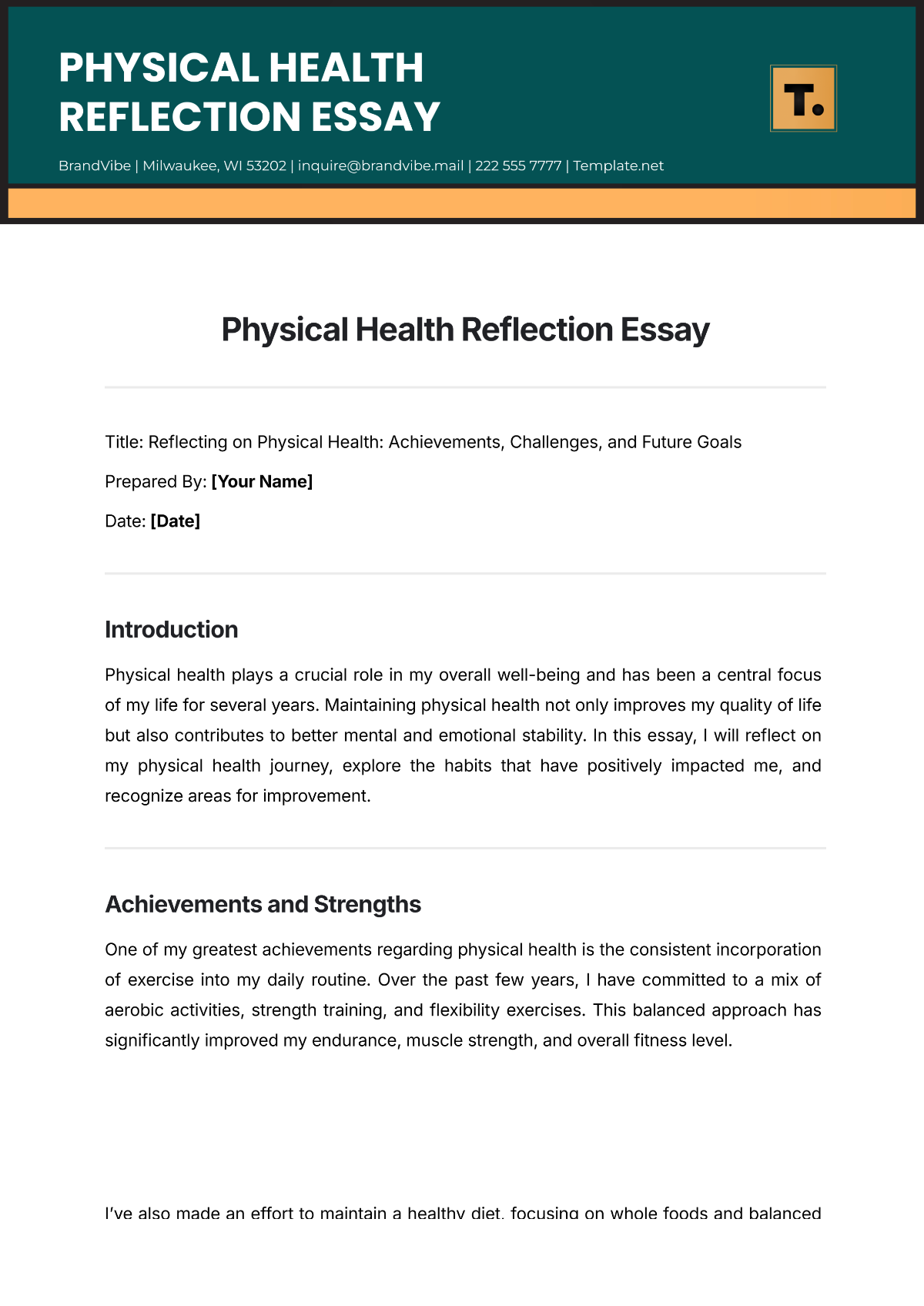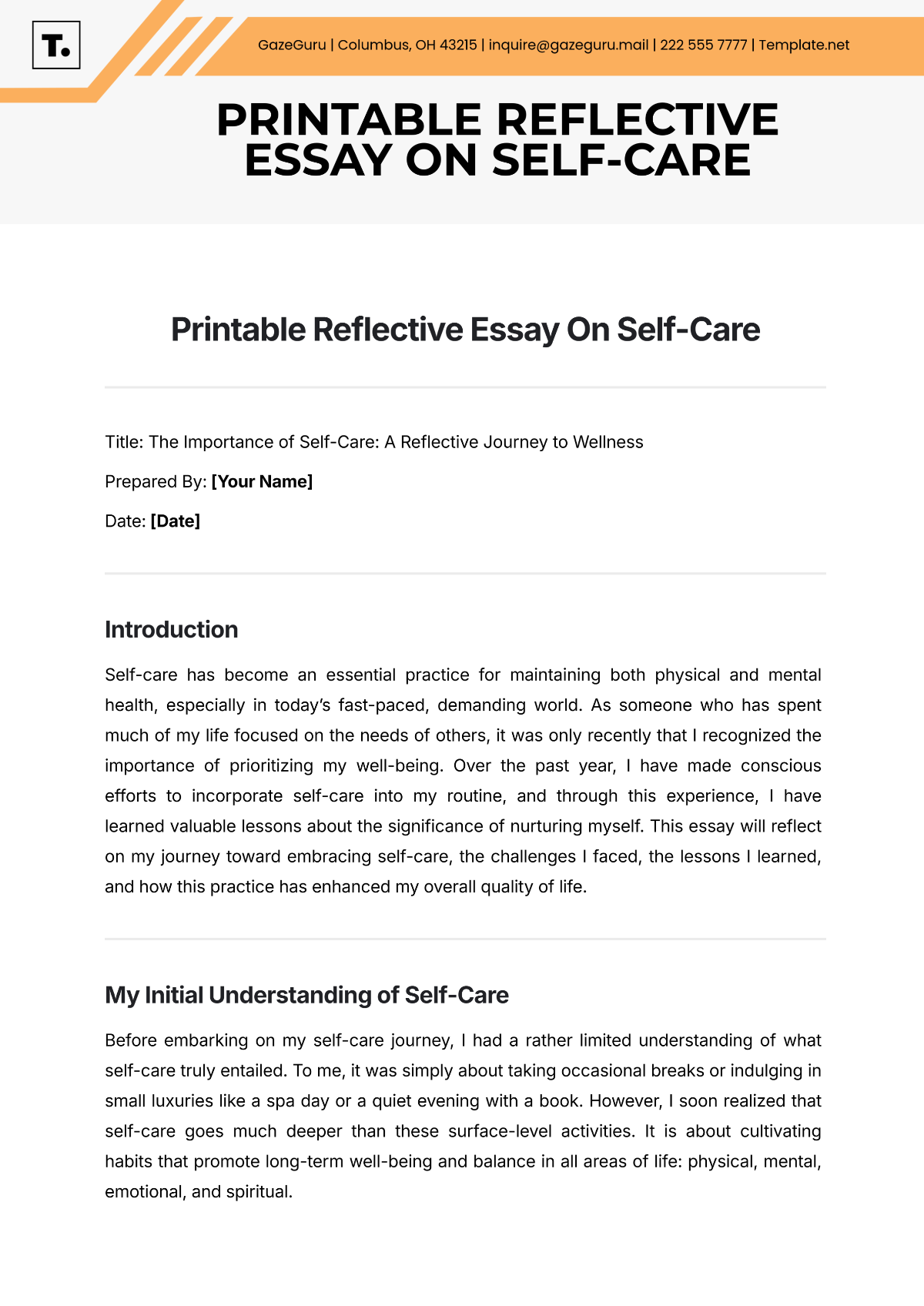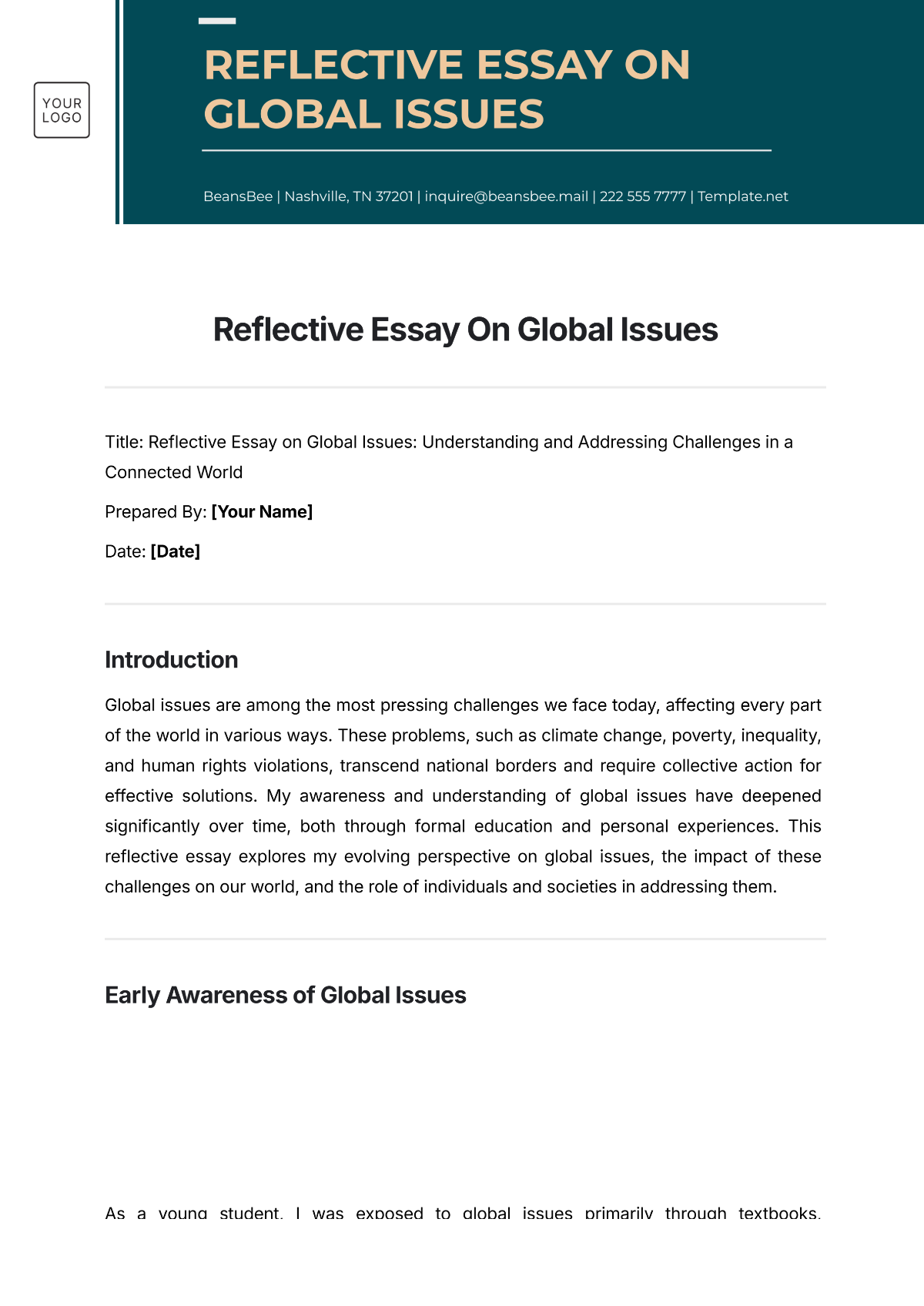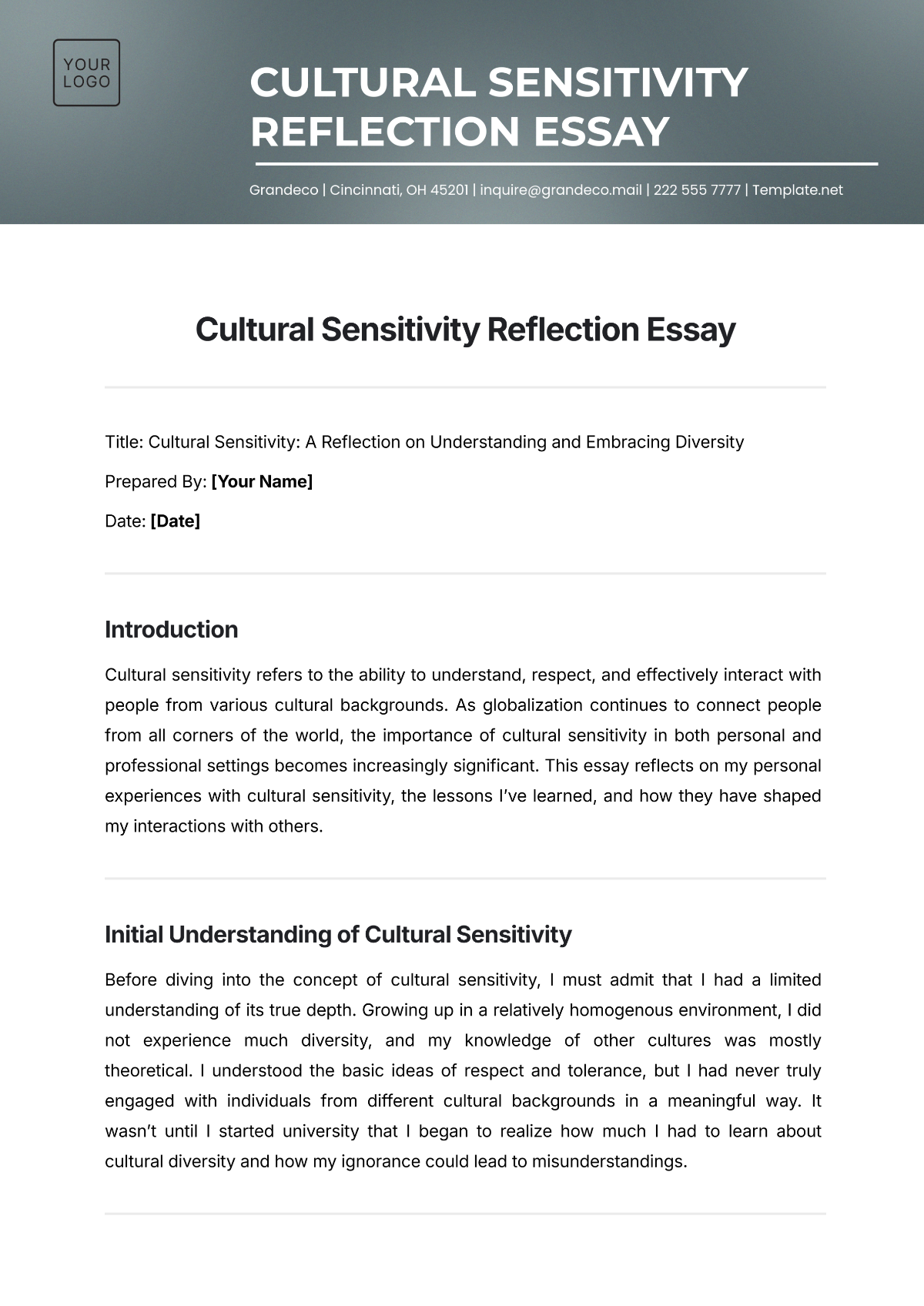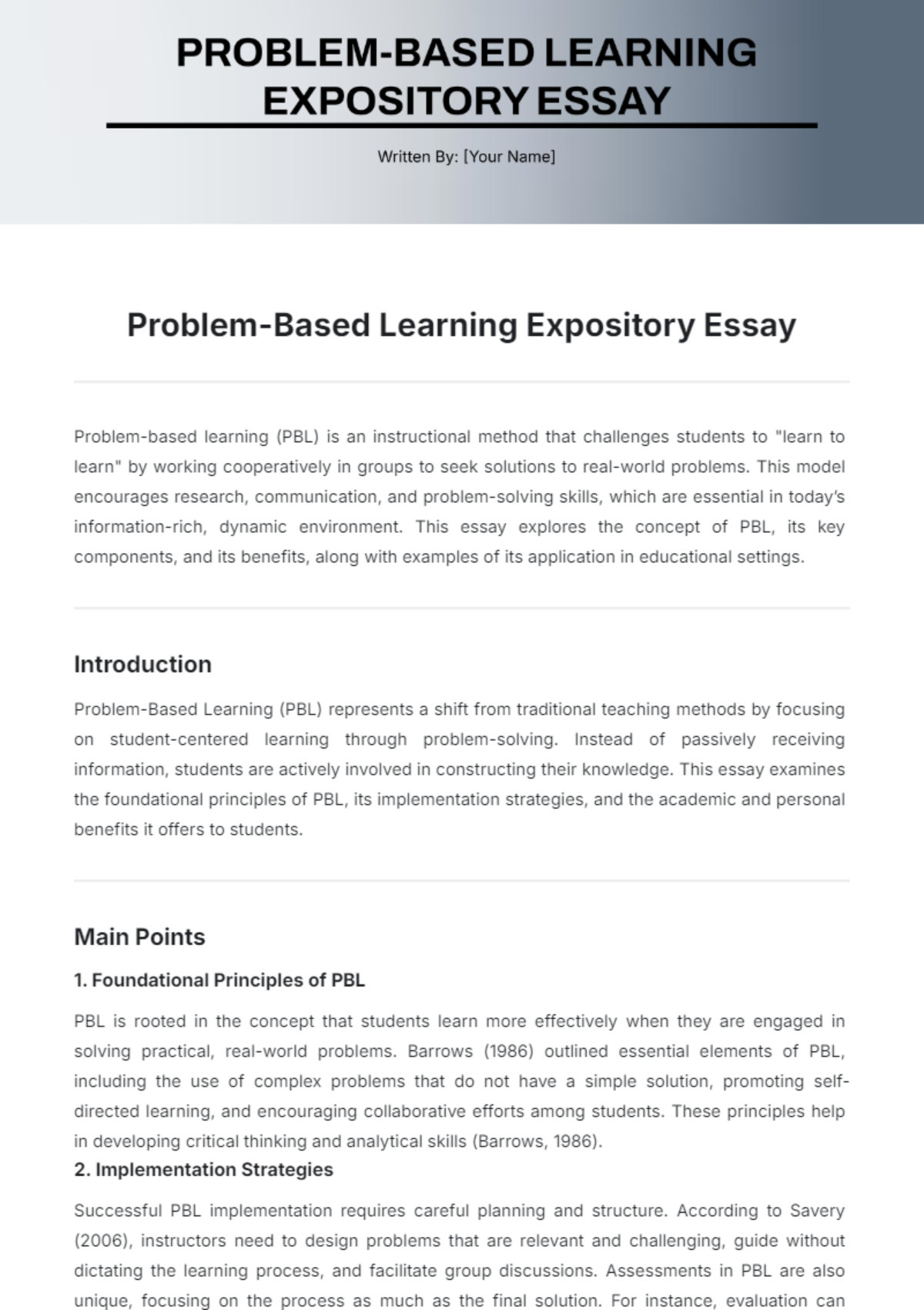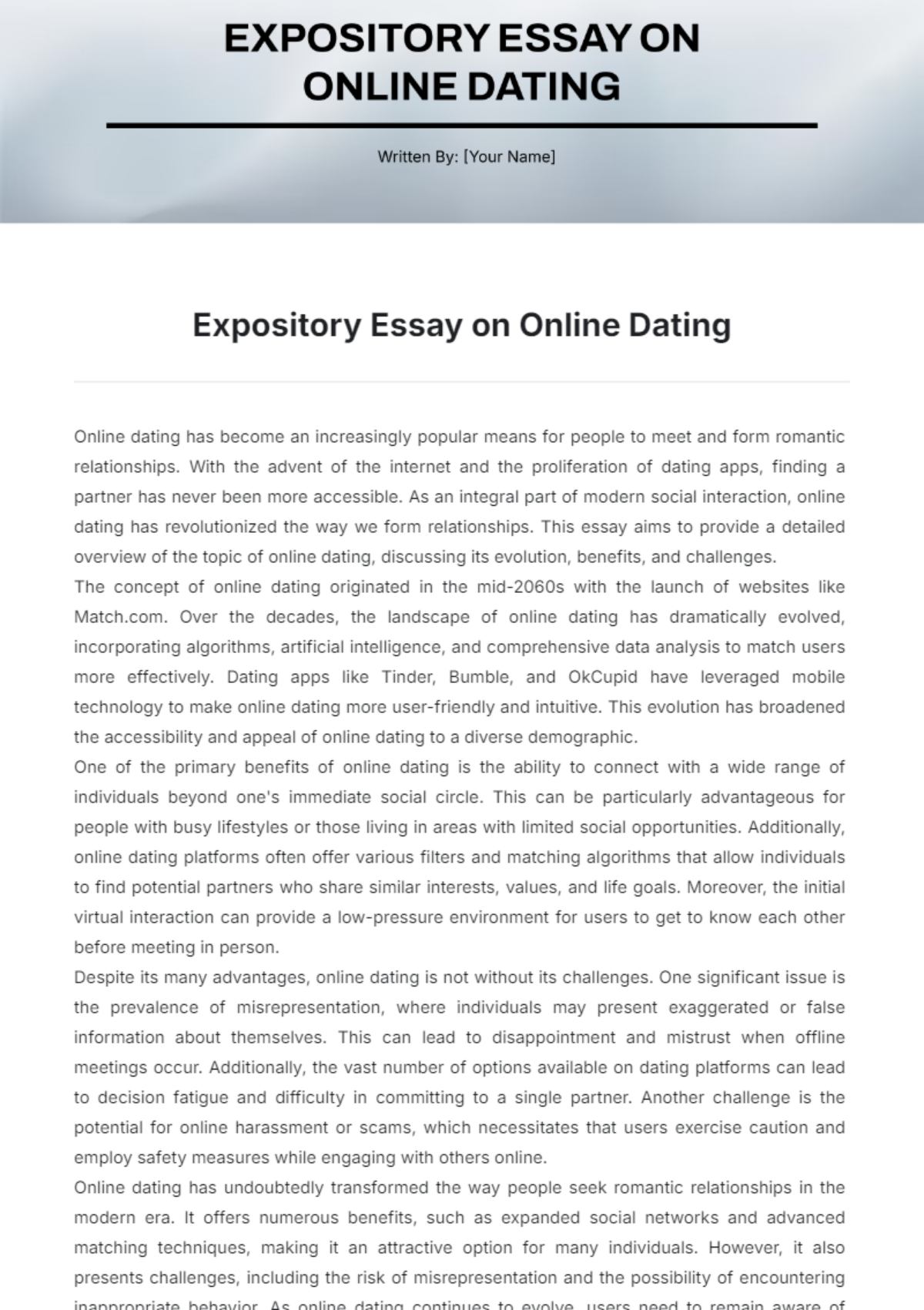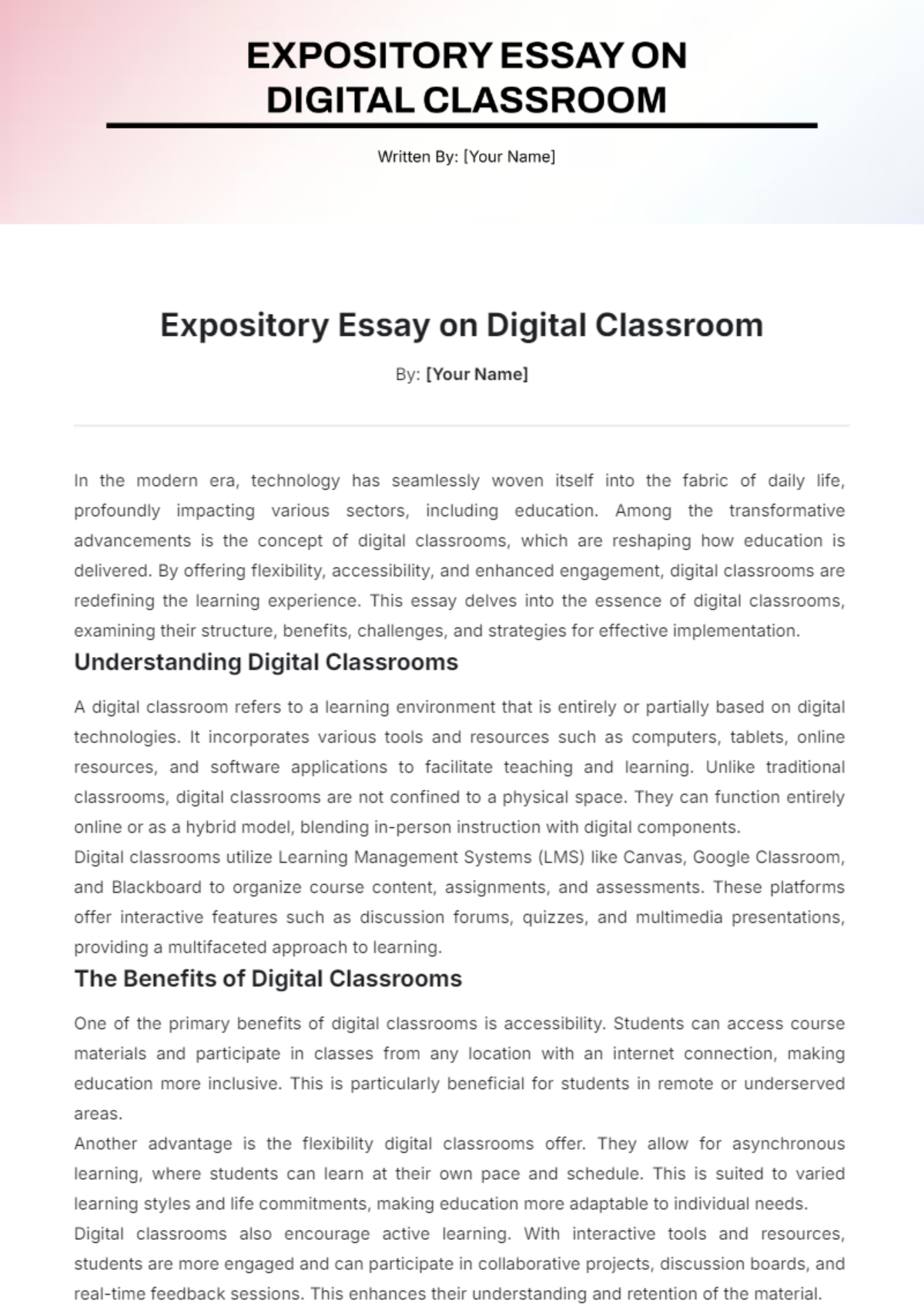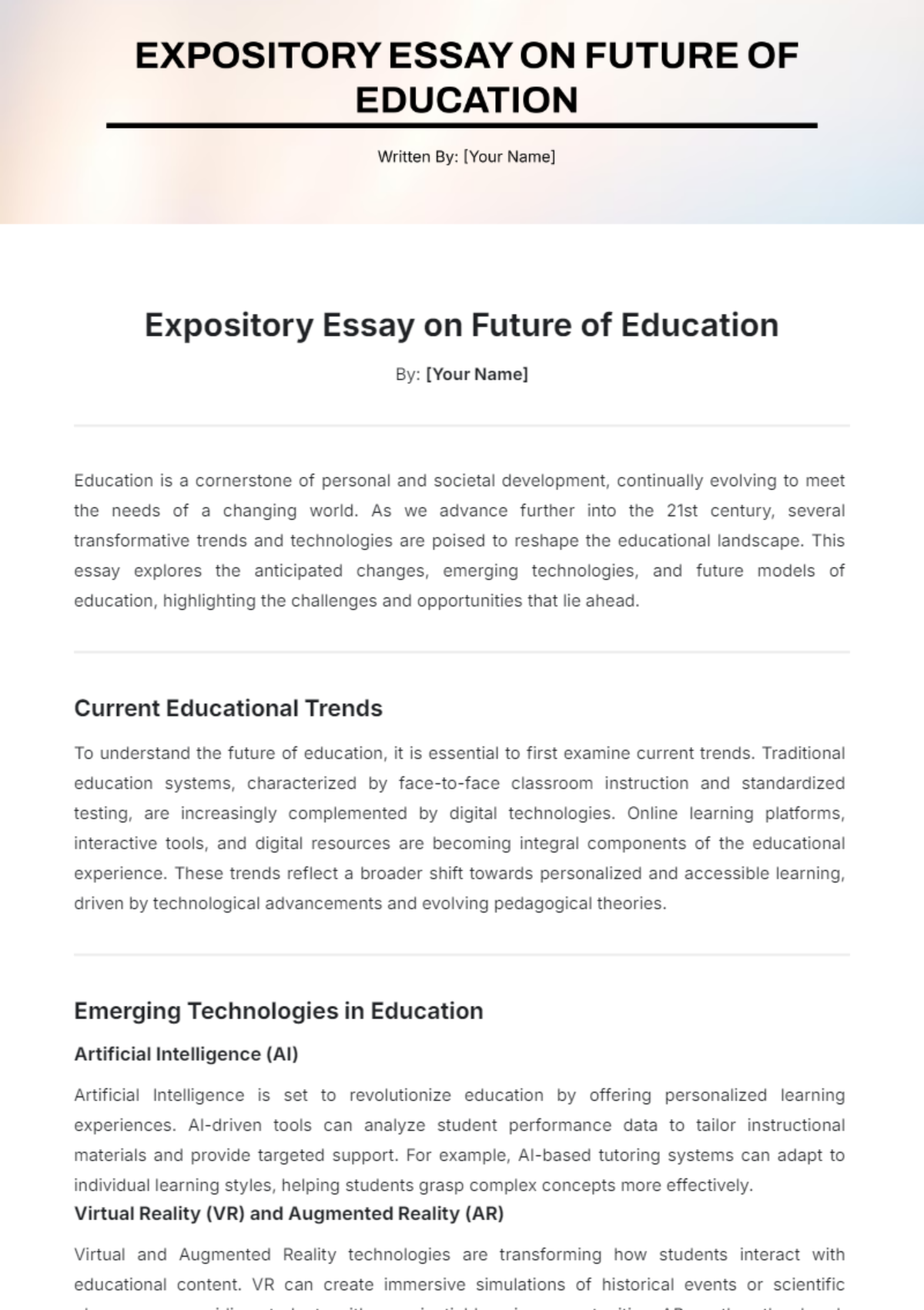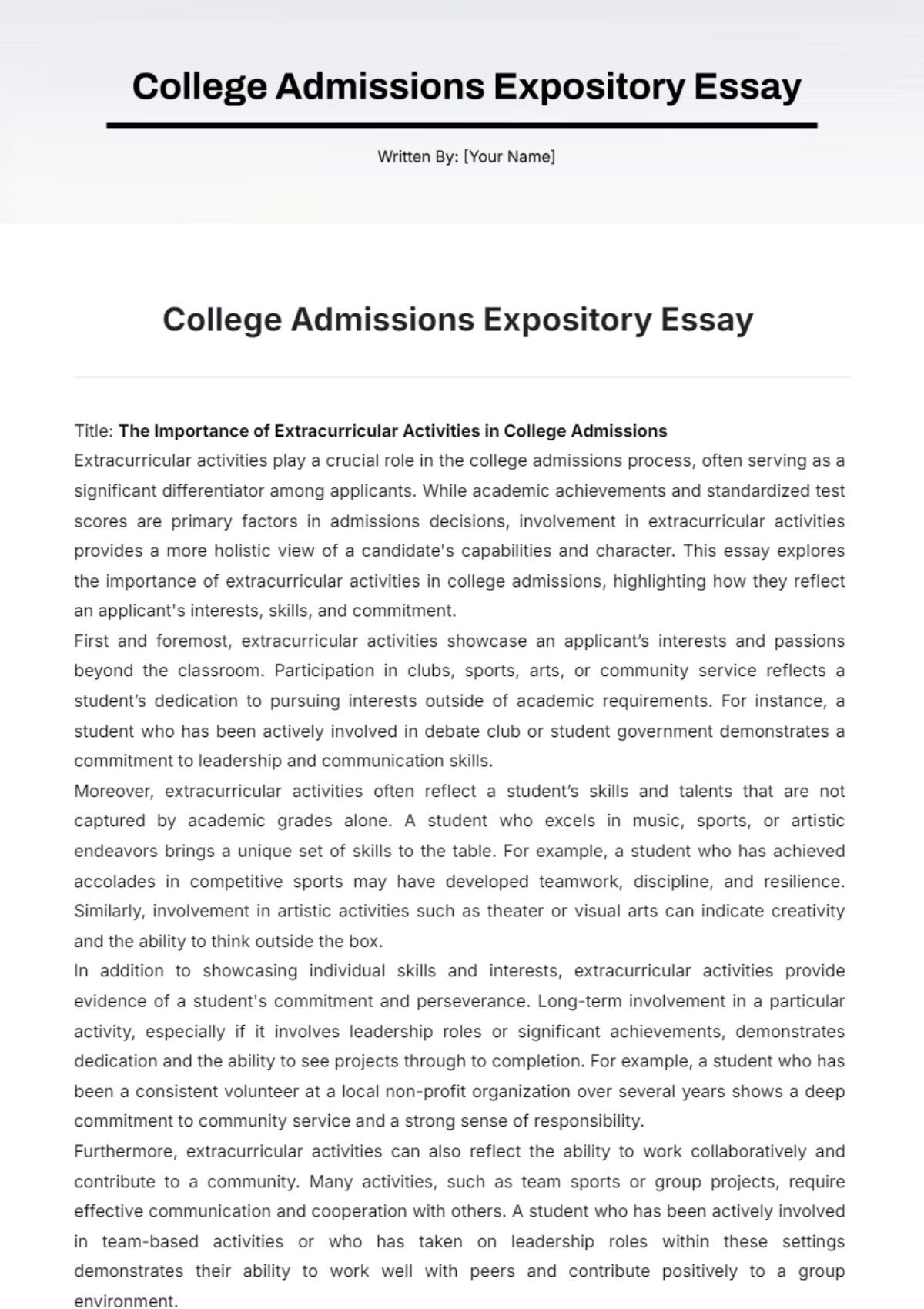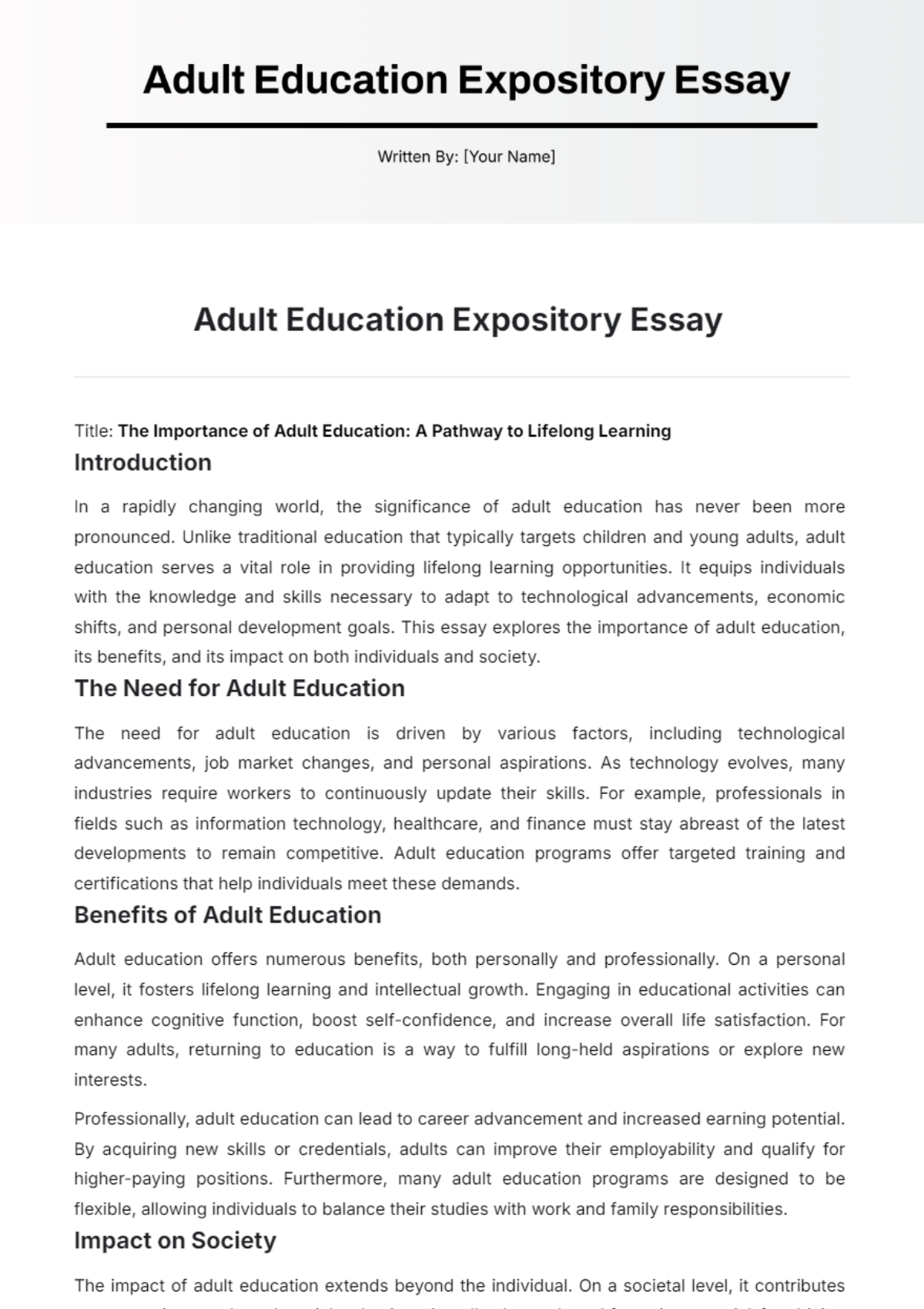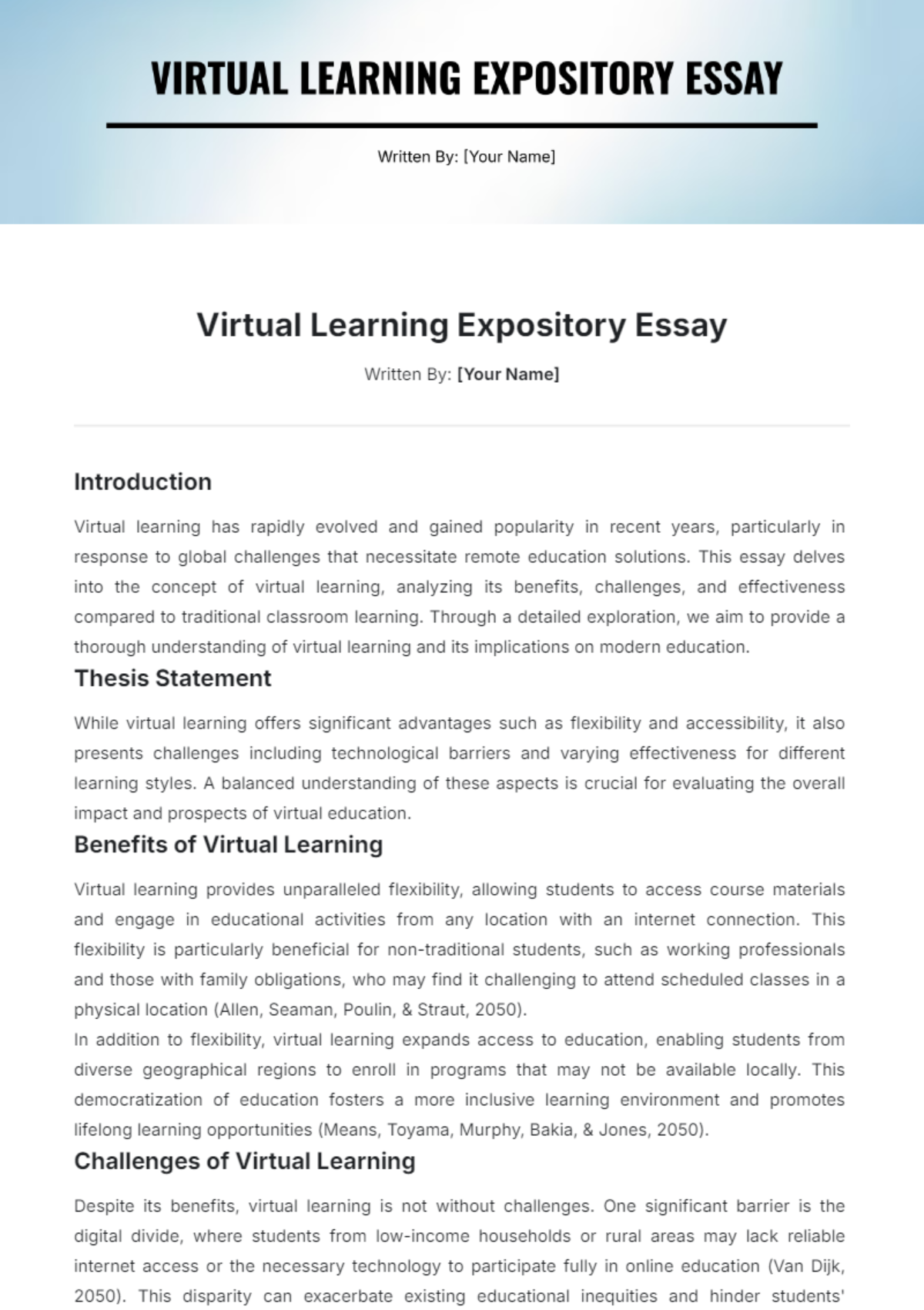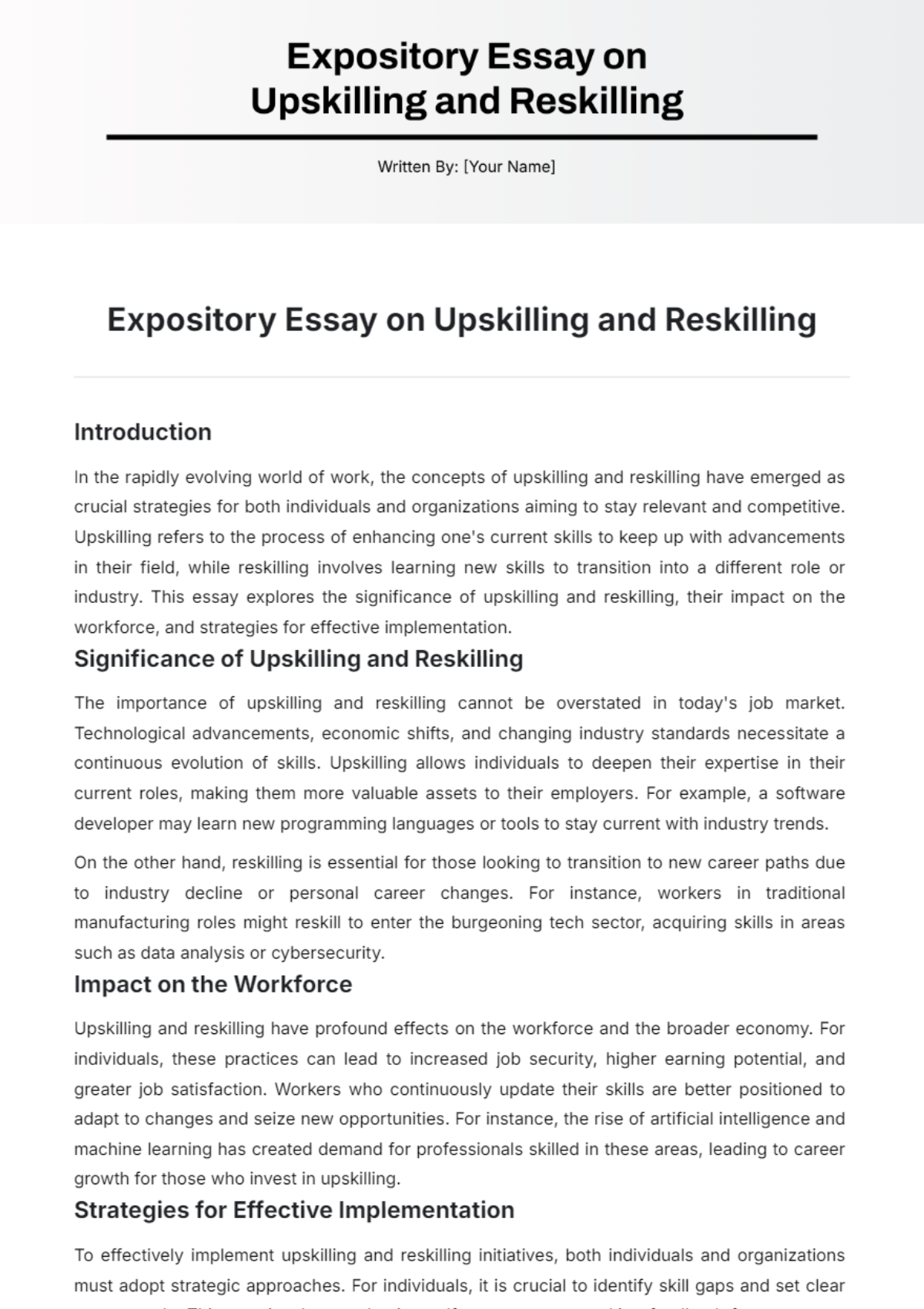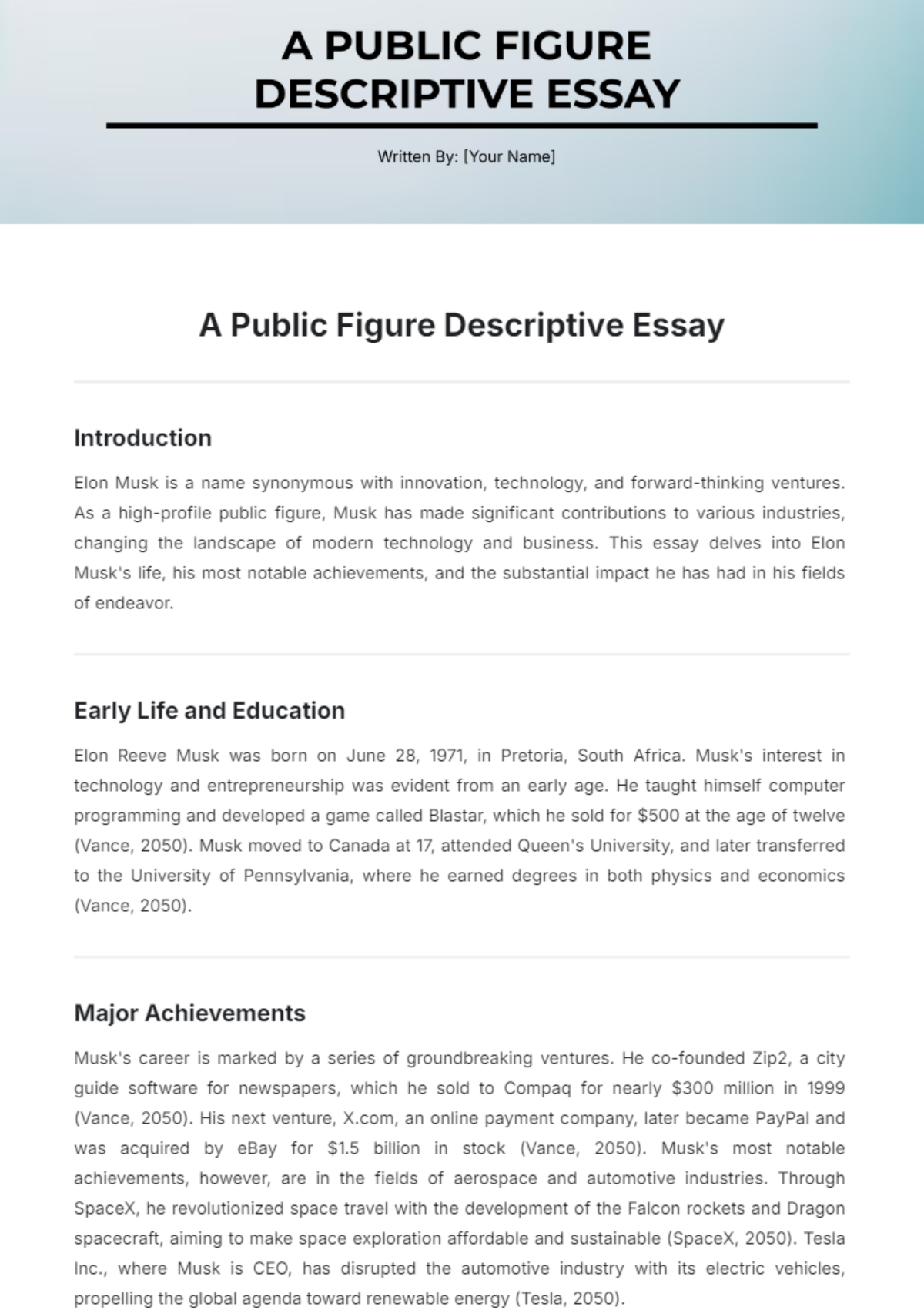Development of Child on Technology Expository Essay
Written by: [YOUR NAME]
Introduction
In the modern world, technology has become an integral part of daily life, permeating nearly every aspect of society, including the lives of children. From educational tools to entertainment devices, technology is influencing how children learn, communicate, and interact with their surroundings. While technology offers numerous benefits, it also presents challenges that can affect a child's cognitive, social, and emotional development. This essay explores how technology impacts a child's growth by providing factual information, analyzing different perspectives, and examining its effects on various developmental aspects.
Cognitive Development
Technology has a profound impact on children's cognitive development, offering both positive and negative effects. On the positive side, educational software, interactive games, and online resources can enhance learning by providing engaging and personalized content. These tools can help develop problem-solving skills, improve memory, and foster creativity. For example, educational apps designed to teach mathematics or reading can adapt to a child's learning pace, providing a tailored educational experience that traditional methods may not offer.
However, excessive screen time and overreliance on technology can hinder cognitive development. Studies have shown that prolonged exposure to screens can lead to attention problems, reduced focus, and decreased academic performance. Additionally, the constant stimulation provided by digital devices can make it difficult for children to engage in activities requiring sustained concentration and critical thinking. Therefore, while technology can be a valuable educational tool, it is crucial to balance its use to avoid potential cognitive drawbacks.
Social Development
Technology also plays a significant role in shaping children's social development. On the one hand, technology facilitates communication and connection with peers through social media, messaging apps, and online gaming platforms. These tools can help children develop social skills, build relationships, and collaborate with others, even across great distances. For instance, video calls and online forums allow children to stay connected with friends and family, fostering a sense of belonging and community.
On the other hand, technology can also contribute to social isolation and a decline in face-to-face interactions. Children who spend excessive time on digital devices may miss out on crucial opportunities for in-person socialization, which is essential for developing empathy, emotional intelligence, and conflict-resolution skills. Furthermore, the anonymity of online interactions can lead to negative behaviors, such as cyberbullying, which can have lasting effects on a child's social and emotional well-being. Thus, while technology can enhance social connections, it is important to encourage balanced interactions both online and offline.
Emotional Development
The impact of technology on children's emotional development is complex, with both positive and negative outcomes. Technology can provide children with emotional support through access to online communities, mental health resources, and creative outlets for self-expression. For example, children experiencing anxiety or depression may find comfort in connecting with others who share similar experiences through online support groups. Additionally, creative platforms like digital art apps or music creation software can serve as healthy outlets for emotional expression.
However, technology can also contribute to emotional challenges. Exposure to inappropriate content, online harassment, and the pressure to maintain a curated online persona can lead to increased stress, anxiety, and low self-esteem. The constant comparison to others' idealized lives on social media can distort a child's self-image and create unrealistic expectations. Moreover, the addictive nature of some digital content can lead to mood swings and emotional dependency on technology for comfort. Therefore, it is essential to guide children in using technology in ways that promote emotional health and resilience.
Conclusion
Technology is a double-edged sword when it comes to child development, offering both opportunities and challenges. While it can enhance cognitive, social, and emotional growth through educational resources, communication tools, and creative platforms, it can also hinder development if not used mindfully. The key to maximizing the benefits of technology while minimizing its drawbacks lies in striking a balance—encouraging responsible use, setting appropriate boundaries, and fostering healthy offline activities. By understanding and addressing the complex impact of technology on children, we can better support their overall development in an increasingly digital world.

